Multi-messenger astrophysics
Discussions around tools and discoveries in the novel domain of multi-messenger and time domain astrophysics. We'll highlight recent publications, discuss tools to faciliate observations and generally talk about the cool science behind the most violent explosions in the universe.
Unprecedented Radio Views: Decoding GRB 231117A's Energetic Afterglow
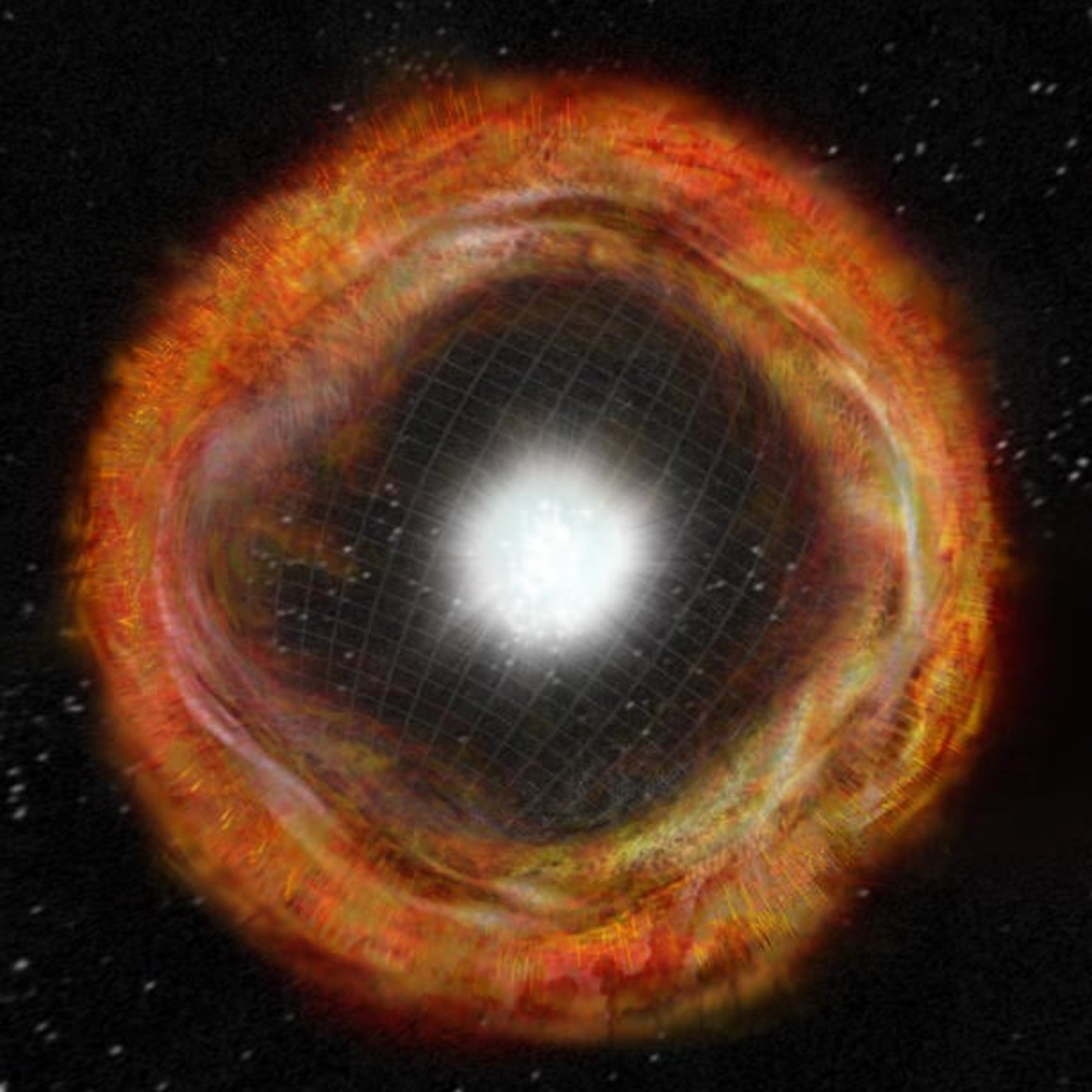
Join us as we explore the groundbreaking observations of **GRB231117A**, a short gamma-ray burst (SGRB) located at a redshift of z = 0.257. This event, detected by the Neil Gehrels Swift Observatory, was quickly followed up by the Australia Telescope Compact Array (ATCA) just 1.3 hours post-burst, providing **unprecedented early radio detection**.
**In this episode, we discuss:**
* **Early Radio Afterglow:** How ATCA's rapid response revealed a dynamic early radio afterglow with **flaring, scintillating, and plateau phases**.
* **Cosmic Scintillation:** The fascinating phenomenon of interstellar scintillation, which allowed scientists to place...
Beyond the Burst: How Host Galaxies Shape Fast Radio Bursts
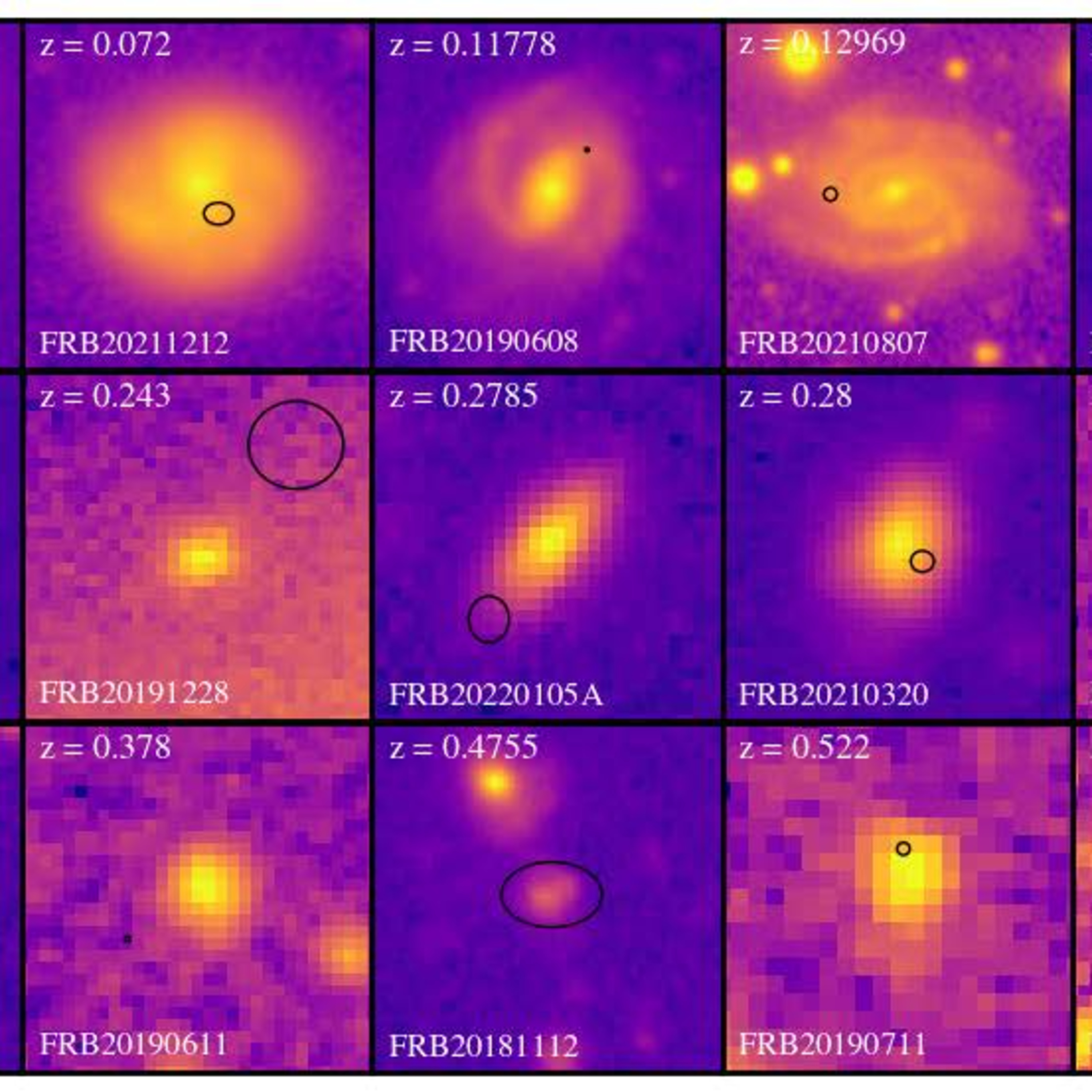
Join us as we explore the latest research into Fast Radio Bursts (FRBs), mysterious, intense pulses of radio emission lasting only milliseconds. These cosmic phenomena are not just fleeting signals; they are powerful probes of the ionized gas across the universe and valuable tools for cosmological studies. In this episode, we delve into an investigation of FRB properties and their host galaxies, aiming to understand how the environment surrounding an FRB influences its observed characteristics.
What we discuss:
• The Phenomenon of Scattering: Learn how FRBs' paths through ionized media cause "scattering," a fr...
A Glimpse into the Early Universe with FRB 20240304B

Join us as we explore the groundbreaking discovery of FRB 20240304B, the most distant Fast Radio Burst (FRB) ever detected, offering unprecedented insights into the early universe.
In this episode, we discuss:
• What are Fast Radio Bursts (FRBs)? These enigmatic, millisecond-duration radio signals provide unique information about the plasma permeating our universe, revealing details about magnetic fields and gas distributions.
• The Record-Breaking Discovery: FRB 20240304B was detected by the MeerKAT radio telescope and precisely localized to a host galaxy using the James Webb Space Telescope (JWST).
• A Journey Back i...
Einstein Telescope + WST: Spectroscopy's Role in the Gravitational Wave Era
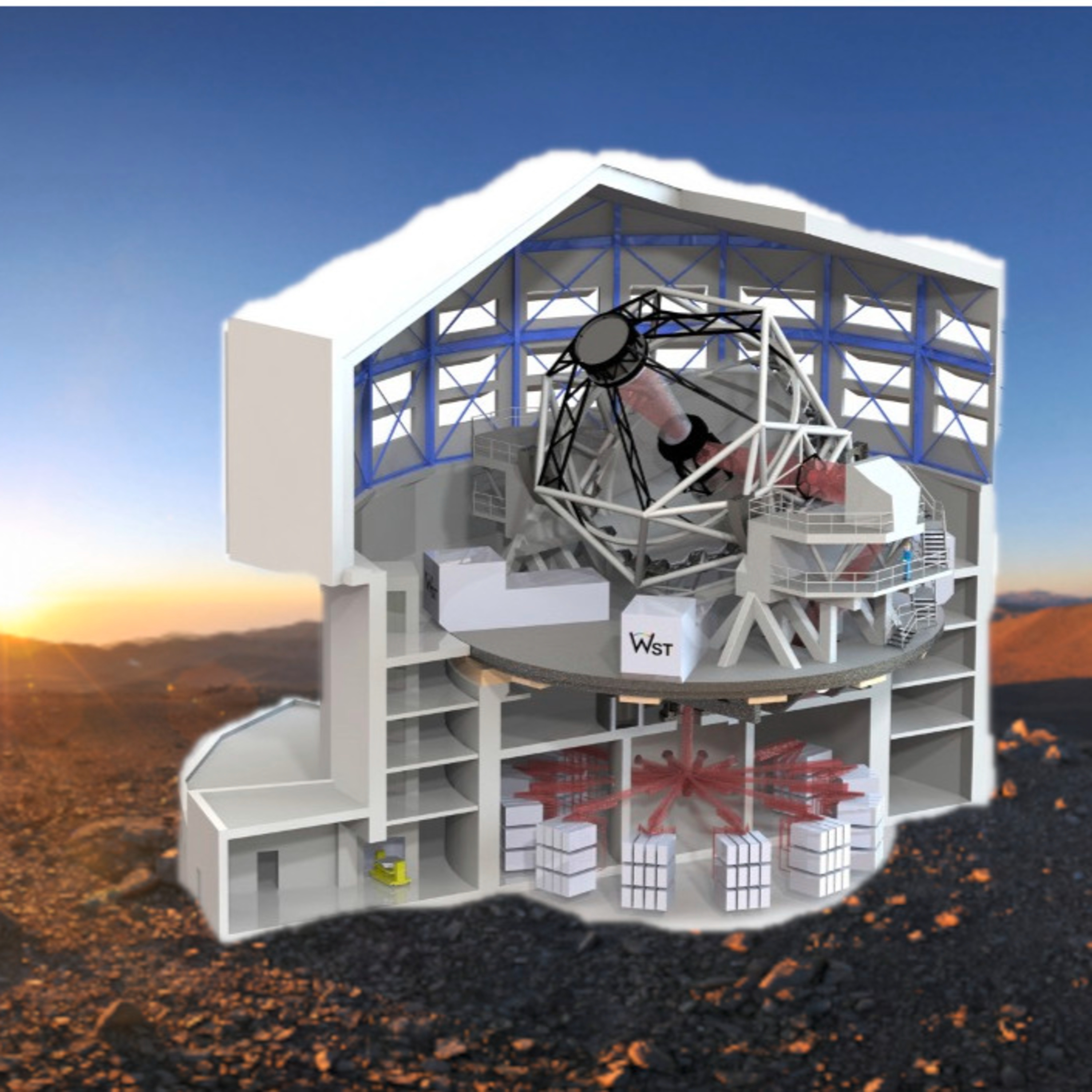
In this episode, we dive into the exciting future of **multi-messenger astronomy**, specifically focusing on the detection and characterization of binary neutron star (BNS) mergers.
* **The Dawn of Multi-Messenger Astrophysics:** Our understanding of cosmic events was revolutionized by the extraordinary joint detection of gravitational waves (GWs) and light from a BNS merger on August 17, 2017 (GW170817). This single event confirmed theoretical hypotheses about short gamma-ray bursts (SGRBs) originating from BNS mergers and provided insights into kilonovae (KNe) – the thermal radiation powered by radioactive decay of heavy elements.
* **Next-Generation Observatories:** The upcoming third-generation GW ob...
The Muon Puzzle: IceCube's Quest for Cosmic Ray Clues
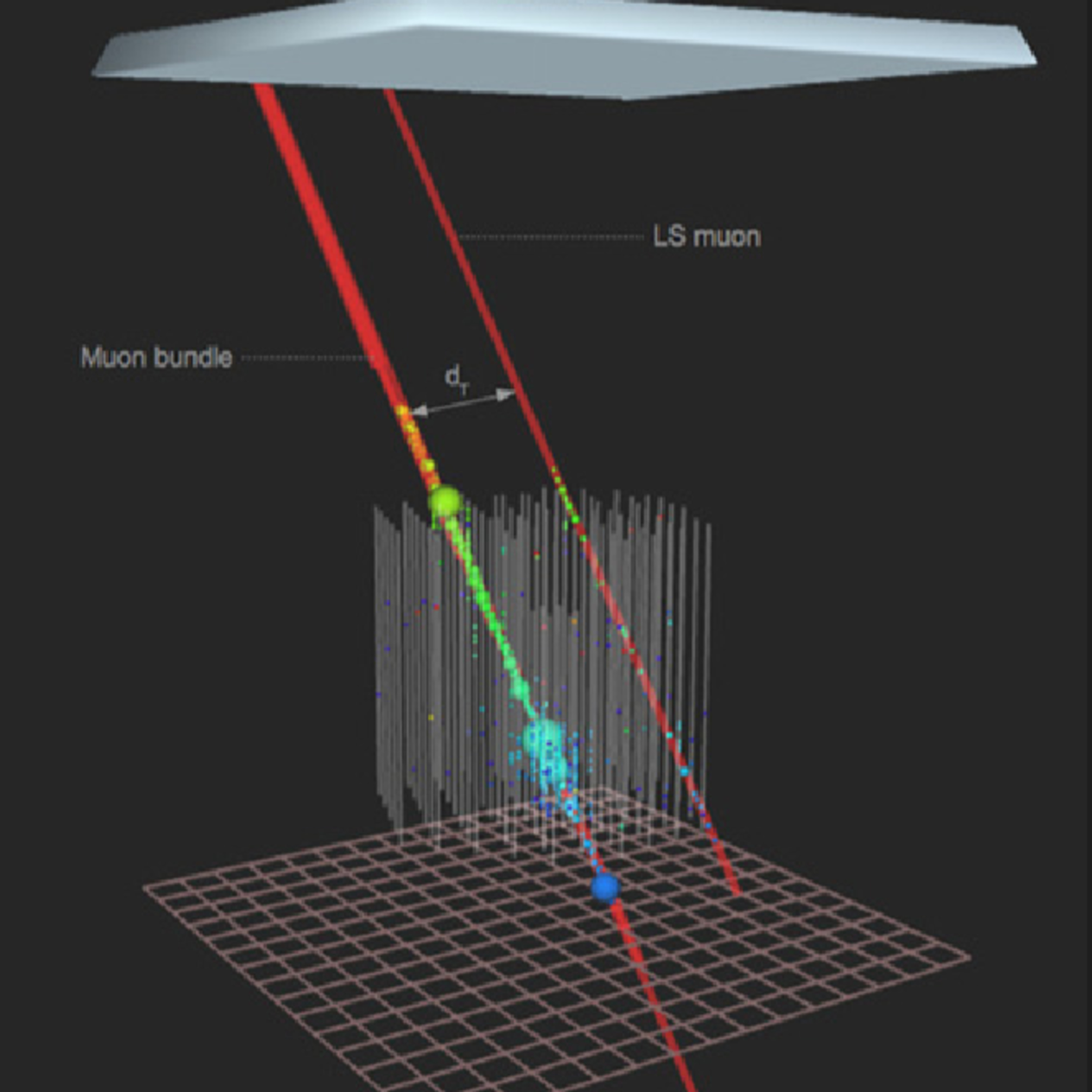
Dive into the fascinating world of cosmic rays with the latest research from the IceCube Neutrino Observatory! This episode explores new measurements of high-energy muons in extensive air showers, shedding light on the mysterious mass composition of cosmic rays and the challenges of simulating their interactions in Earth's atmosphere.
**What we discuss:**
* **Measuring High-Energy Muons:** Learn about the first measurement of the **mean number of muons with energies above 500 GeV** in near-vertical extensive air showers. These "TeV muons" are crucial because they originate predominantly in the early stages of...
X-Ray Clues to Cosmic Rays: The Discovery of a Galactic PeVatron Candidate

Join us as we dive into the latest astronomical discovery! Scientists have identified a **new candidate pulsar wind nebula (PWN)**, named XMMU 034124.2+525720, which may be directly linked to **1LHAASO J0343+5254u**, a powerful "PeVatron" in our galaxy.
**What are PeVatrons?** They are the most energetic astrophysical objects in our galaxy, producing cosmic rays (CRs) with energies exceeding 1 PeV (10^15 eV), far surpassing what terrestrial accelerators can achieve. Understanding them is key to solving the mystery of the most energetic galactic cosmic rays and gamma rays.
This potential PWN, discovered through...
Cosmic Clash: LHAASO's Proton-Gamma Ray Mystery

In this episode, we dive into a fascinating new study that performs the **first direct consistency check** between two crucial measurements from the Large High Altitude Air Shower Observatory (LHAASO): the **cosmic-ray (CR) proton spectrum at the "knee"** and the **Galactic diffuse gamma-ray emission**.
The "knee" in the cosmic ray spectrum (around a few PeV) is thought to mark the maximum energy reached by Galactic CR accelerators. Diffuse gamma-ray emission, primarily from CR interactions with interstellar gas, provides a complementary view of the same underlying particle population.
The study...
Magnetars, Supernovae, and FRBs: A Delayed Connection?
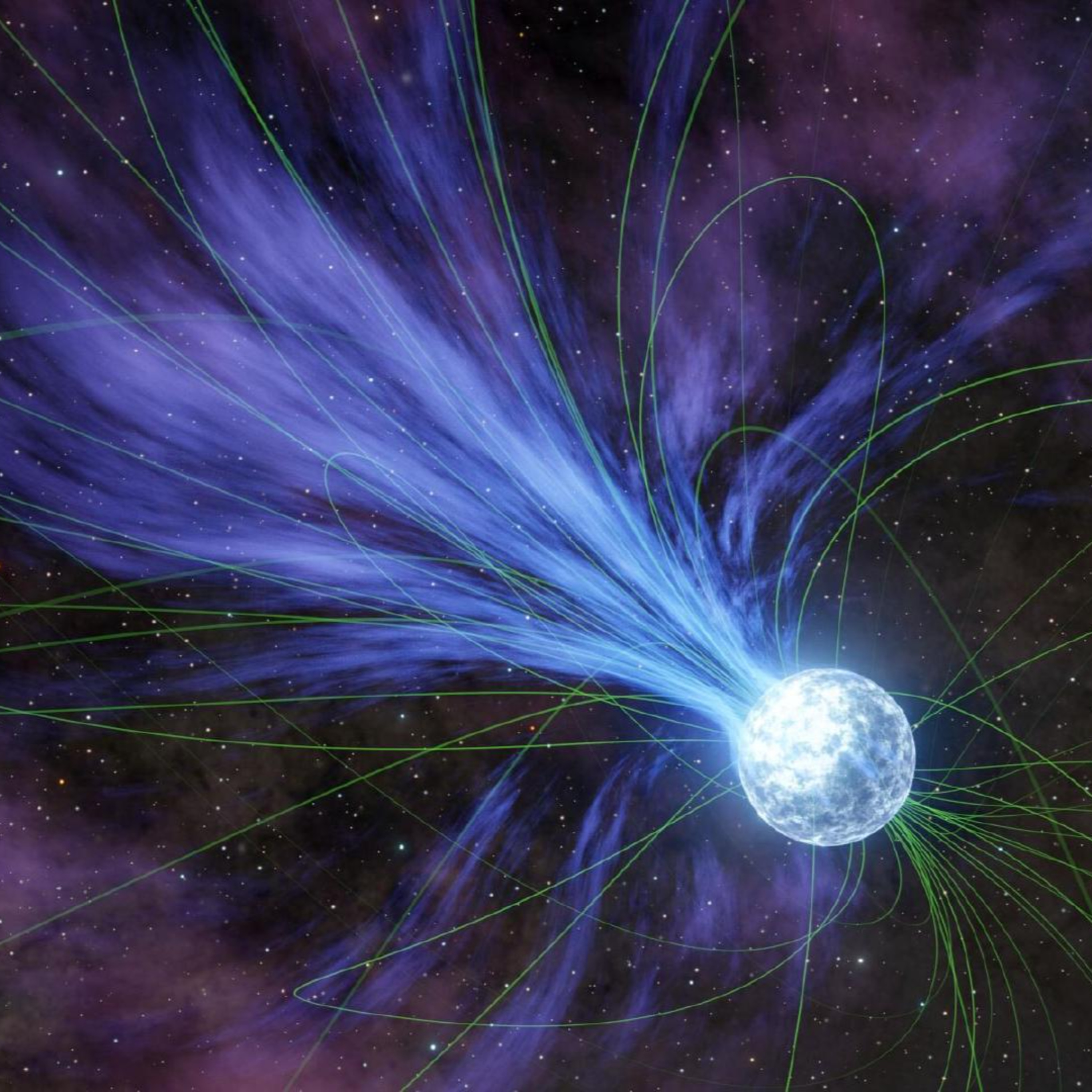
In this episode, we dive into the mysterious world of Fast Radio Bursts (FRBs) and the ongoing quest to understand their origins. We discuss a systematic search for **past supernovae (SNe) and other historical optical transients** at the positions of FRB sources, exploring a leading theory that links FRBs to **magnetars**.
The study **found no statistically significant associations** within the 5σ FRB localization uncertainties between the observed CHIME-KKO or literature FRBs and optical transients, *except* for a previously identified potential optical counterpart to FRB 20180916B, named AT 2020hur. AT 2020hur, however, occurred *after* the FRB w...
Beyond Fermi: LST-1 Detects Geminga Pulsar Down to 20 GeV
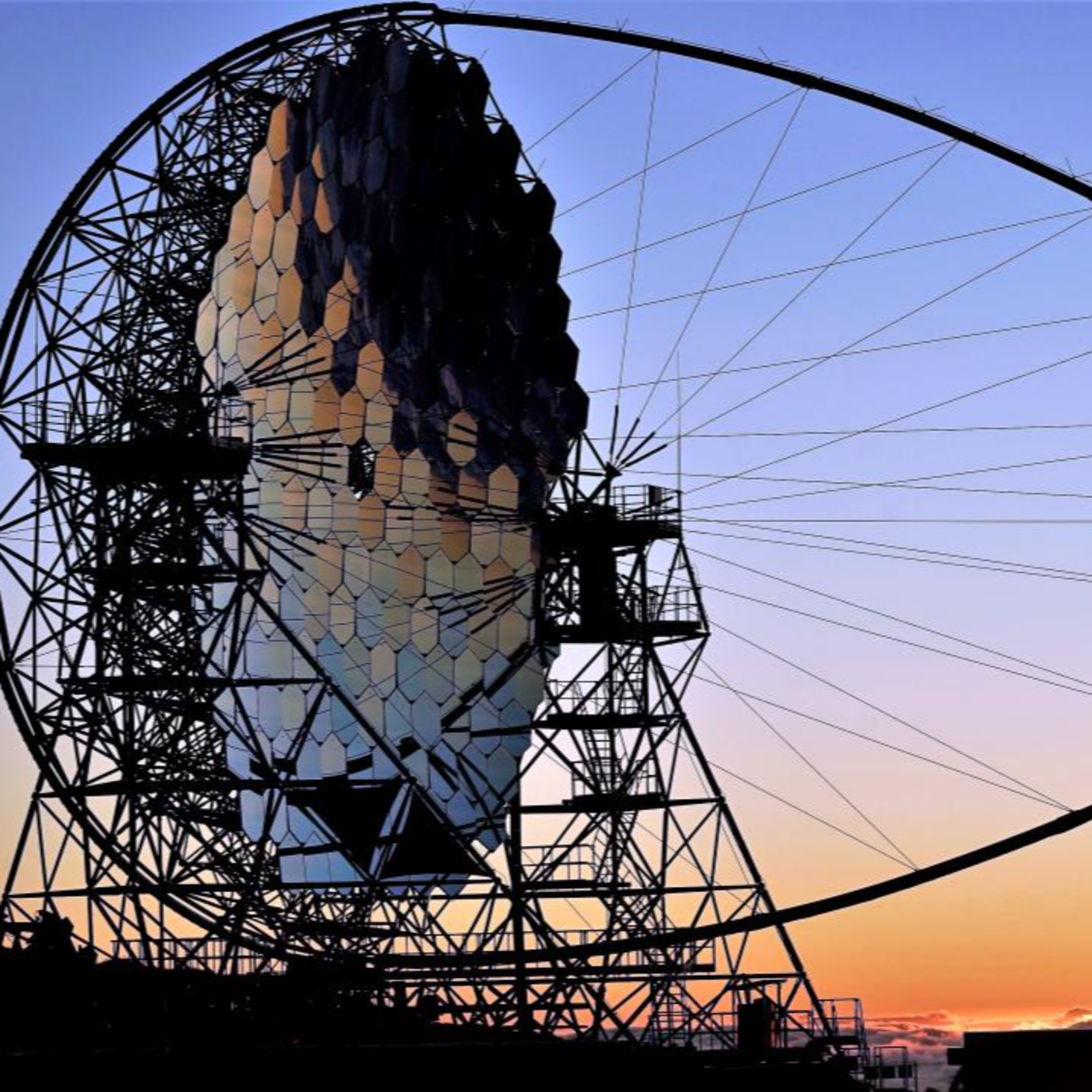
In this episode, we discuss a significant new detection of the Geminga pulsar, a middle-aged, radio-quiet gamma-ray pulsar. The **Large-Sized Telescope (LST-1)**, the first of the Cherenkov Telescope Array Observatory (CTAO) Northern Array, has detected Geminga at energies down to 20 GeV.
Key takeaways from the study:
* The LST-1 detected the Geminga pulsar using 60 hours of data.
* The **second emission peak (P2)** of Geminga was detected with a high significance of **12.2σ** in the energy range between 20 and 65 GeV. This is a doubled significance compared to previous results by t...
The 44-Minute Pulsar ASKAP J1832−0911 seen in radio and x-rays
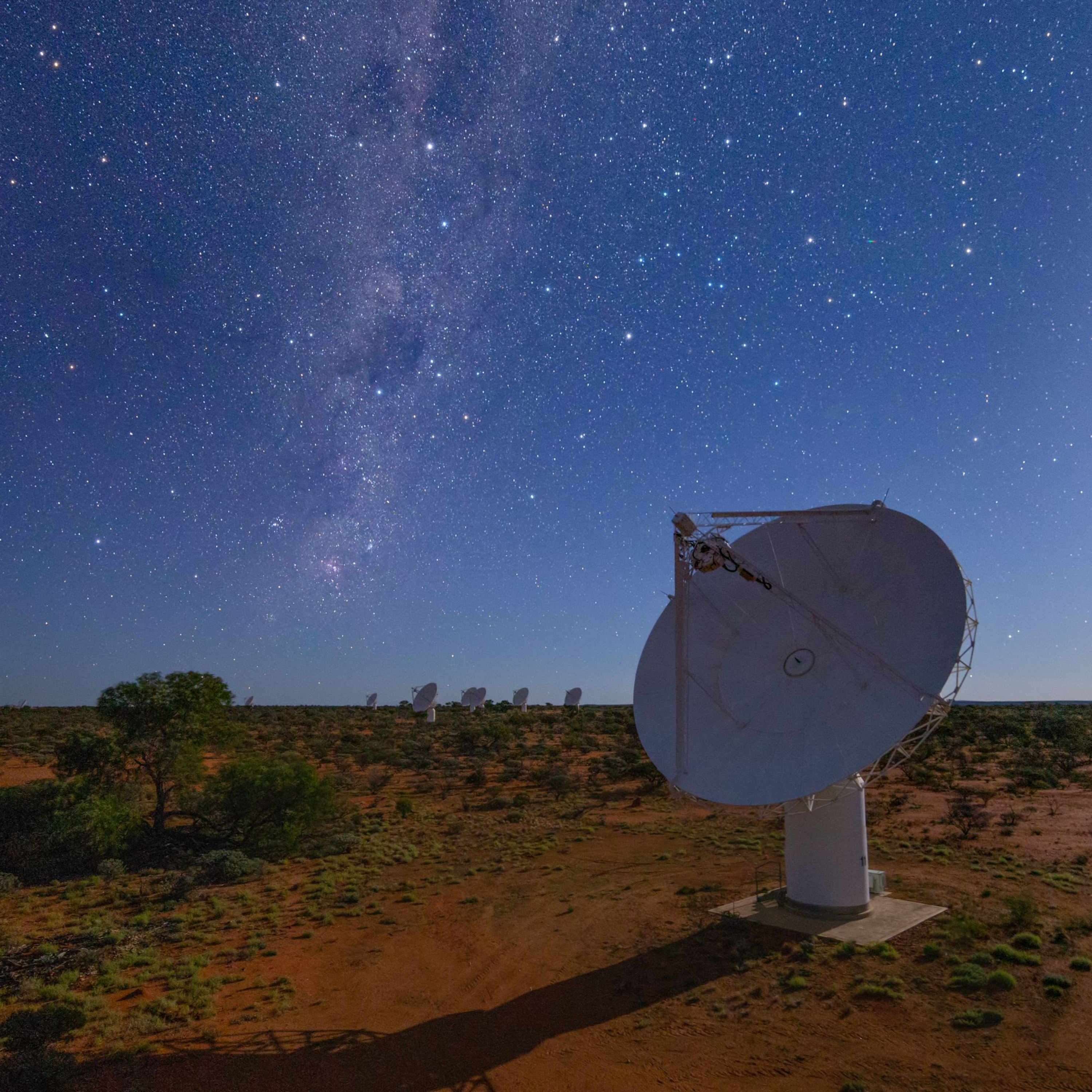
Astronomers have made a significant discovery, detecting X-ray emission from a rare type of cosmic object known as a **Long-Period Radio Transient (LPT)** for the very first time.
Challenging the Models: New Fermi-LAT Insights into Solar Gamma Rays and Cosmic Rays
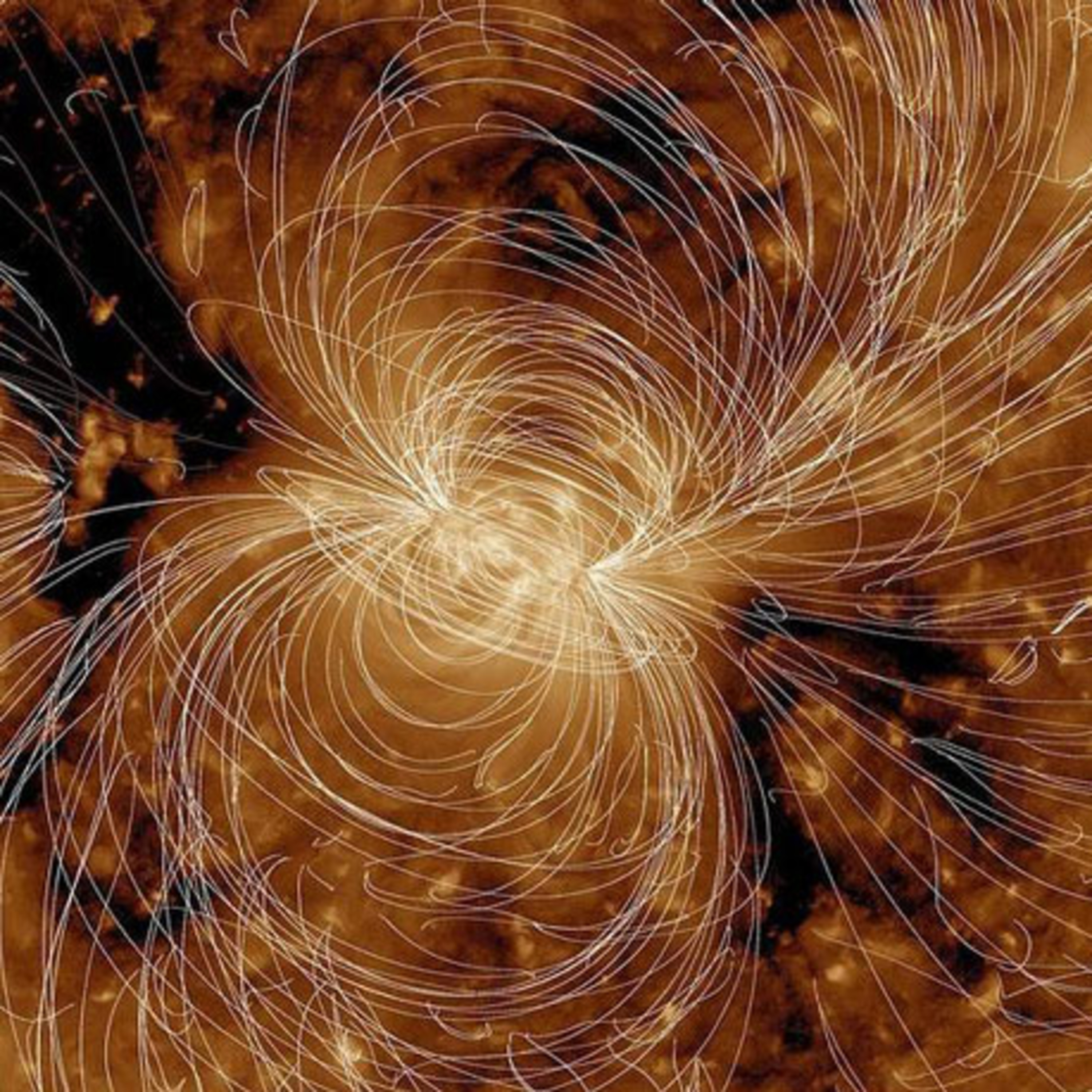
A recent study utilized **15 years of observations** from the **Fermi Large Area Telescope (LAT)** to analyze the gamma-ray emission from the Sun in its quiet state, meaning when it's not flaring. This is the first study to separately analyze the flux variation of the two distinct components of this quiet-state gamma-ray emission over solar cycles.
According to theoretical understanding, the Sun's steady-state gamma-ray emission arises from interactions with Galactic cosmic rays (CRs). There are two main components:
* The hadronic component, which is primarily confined to the **solar disk**. It's...
PeV Power from Stellar Explosions: The Role of Dense Environments

The research investigates how supernovae exploding into dense circumstellar environments, specifically those with dense shells of material, can potentially accelerate particles to energies of a few PeV, thus acting as "PeVatrons" and contributing to the "knee" feature in the cosmic ray spectrum.
Supernova remnants (SNRs) have long been considered prime candidates for the sources of Galactic Cosmic Rays (CRs) up to energies of a few PeV. However, despite decades of gamma-ray astronomy, there hasn't been clear observational proof that standard SNR models can accelerate particles beyond approximately 100 TeV. Young SNRs like Tycho and Casiopeia...
The HAWC Observatory peering into the Extreme Universe with LS 5039
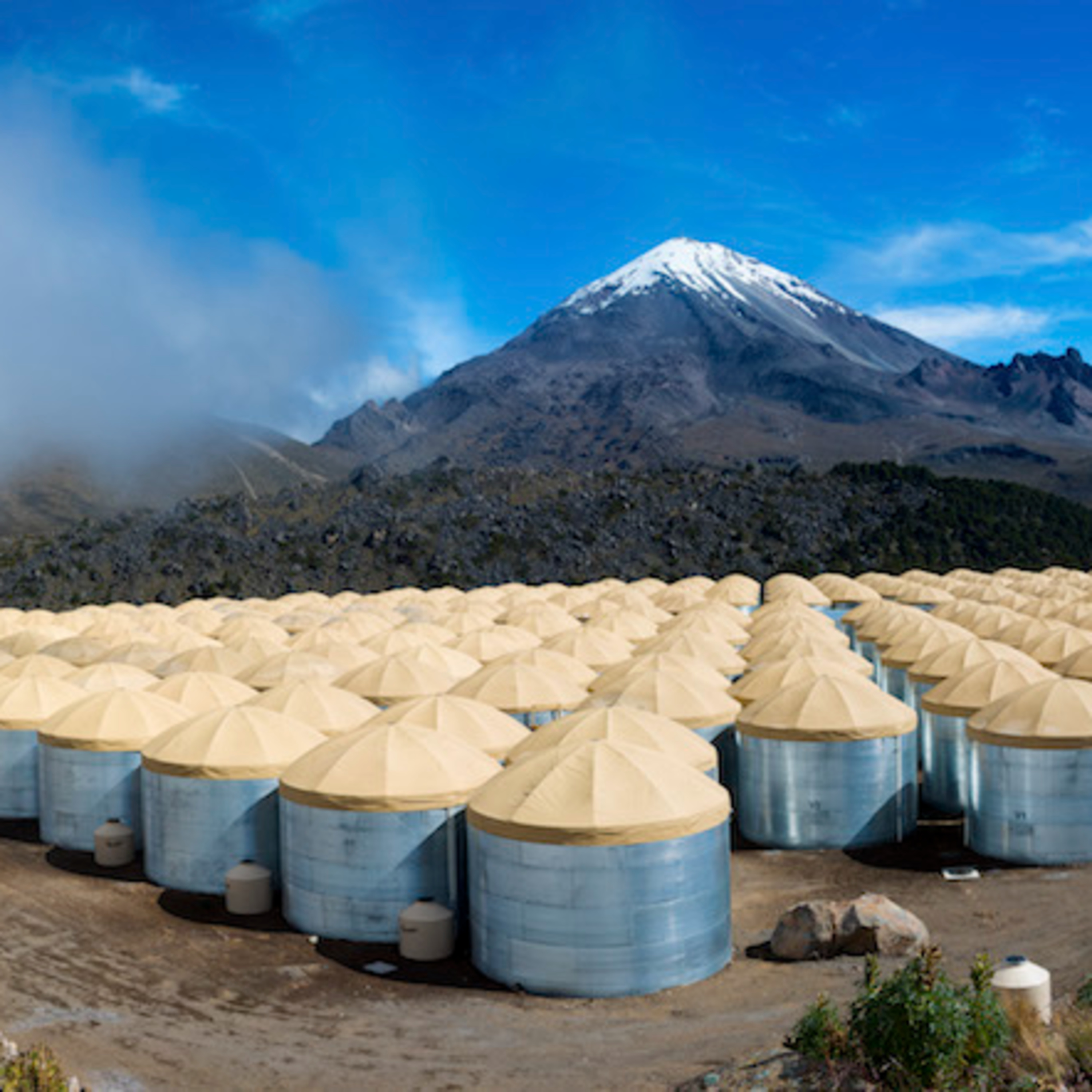
The research presents **new observations of the gamma-ray binary system LS 5039 using the High Altitude Water Cherenkov (HAWC) observatory**, revealing significant insights into the nature of this high-energy source.
One of the most striking findings is that **HAWC detected gamma rays from LS 5039 extending up to 200 TeV with no apparent spectral cutoff**. This is a crucial extension of previous observations by the High Energy Stereoscopic System (H.E.S.S.), which had observed the system up to TeV energies. The spectral energy distribution (SED) presented in Figure 2 shows this extension, particularly during the inferior...
Fast X-ray Bursts and Their Optical Surprises: The Case of EP241021a
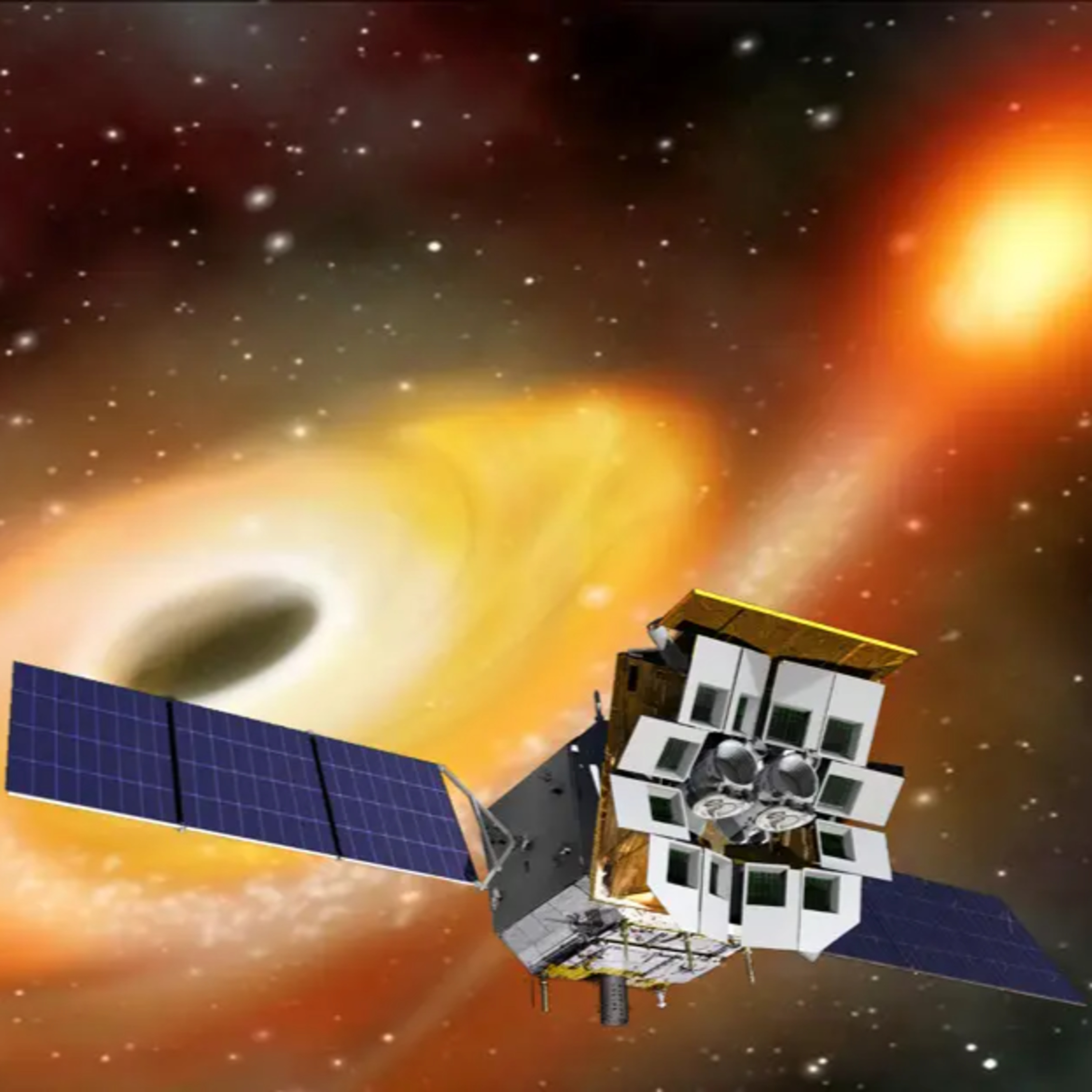
* EP241021a was discovered as a soft X-ray trigger but was not detected at gamma-ray frequencies.
* The prompt soft X-ray emission spectrum is consistent with **non-thermal radiation**, suggesting a **mildly relativistic outflow with a bulk Lorentz factor Γ≳ 4**.
* The optical and near-infrared light curve shows a **two-component behavior**: an initial fading component (∼ t⁻¹) followed by a **rapid rise (steeper than ∼ t⁴)**, peaking at an absolute magnitude of **Mr ≈−22 mag**, before quickly returning to the initial decay. This peak magnitude is **the most luminous optical emission associated with an FXT**, surpassing EP240414a.
* Standard supernova models cannot ex...
Hunting FRBs at high energy with AGILE

**Introduction:**
What are Fast Radio Bursts (FRBs)? These millisecond bursts from distant galaxies have astrophysicists intrigued. We explore repeating FRBs (R-FRBs) and theories about their origins, including magnetars.
**AGILE's High-Energy Hunt:**
The Italian AGILE satellite, with its SuperAGILE (18-60 keV), MCAL (0.35-100 MeV), and GRID (0.03-50 GeV) detectors, searched for X- and gamma-ray counterparts to a sample of R-FRBs.
**The Search and Non-Detection:**
AGILE observed several bursts from R-FRBs with low dispersion measure (DMexc < >
**Upper Limits and Magnetar Models:**<...
Gravitational Waves 3.0: Science with the Einstein Telescope
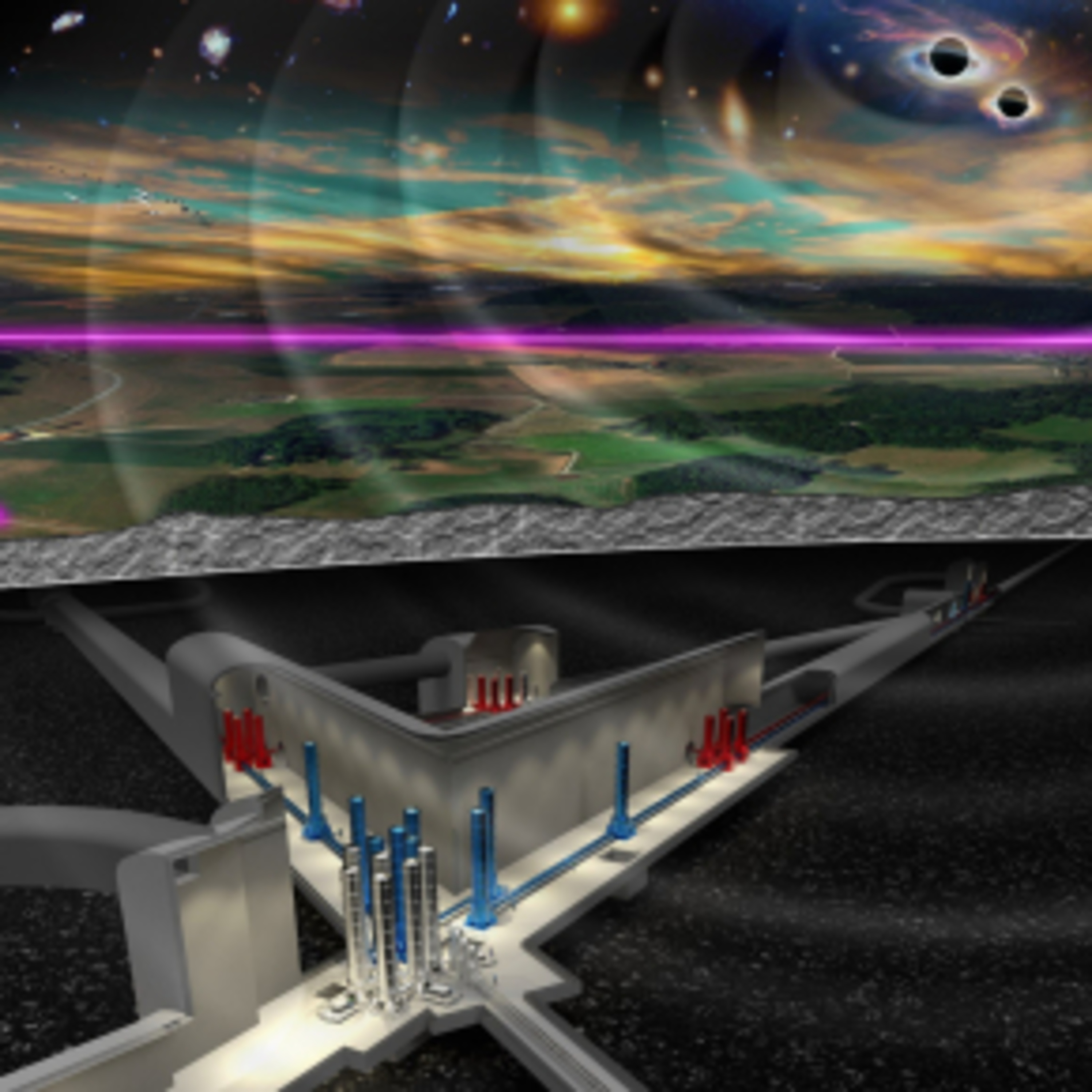
Welcome to this episode about the **Einstein Telescope (ET)**, a planned **third-generation gravitational-wave observatory** [see source].
* **ET will revolutionize gravitational-wave astronomy** with **higher sensitivity** and a **broader frequency range** compared to current detectors [see source].
* This allows deeper insights into **Fundamental Physics** (tests of General Relativity, search for dark matter), **Cosmology** (more precise Hubble constant measurement, early Universe studies), and the **Astrophysics of Compact Objects** (black holes, neutron stars, their formation and evolution) [see source].
* A key focus is exploring the **physics of extreme matter** in neutron stars by observing...
Beyond Milliseconds and Minutes: ASKAP Unveiling Intermediate Neutron Stars

* **Introduction:** Astronomers have discovered a new celestial object, PSR J0311+1402, a radio pulsar with an unusual spin period of **41 seconds**. This discovery bridges the gap between normal pulsars (millisecond to seconds) and long-period radio transients (LPTs) (minutes to hours).
* **The Discovery:** PSR J0311+1402 was first detected by the **Australian Square Kilometre Array Pathfinder (ASKAP)** during commissioning tests of the CRACO system in January 2024. It exhibited pulses with a duration of about 0.5 seconds.
* **Intermediate Nature:** Unlike normal pulsars and LPTs, PSR J0311+1402's **41-second spin period** falls in a previously under-explored range. Traditional pulsar searches were...
Cosmic Rays and the Hunt for Ultra-High-Energy Photons at the the Pierre Auger Observatory

**Introduction**
* The podcast discusses the search for **diffuse photons** with energies above tens of PeV, using data from the **Pierre Auger Observatory**.
* These photons are produced by interactions between cosmic rays and interstellar matter or background radiation.
* The measurement of a diffuse photon flux can help us understand the distribution of cosmic rays in the Galaxy and probe models of super-heavy dark matter.
**The Pierre Auger Observatory**
* The observatory uses a surface detector (SD) and an underground muon detector (UMD).
* The SD array consists...
When Neutrinos Don't Point the Way: A Blazar Mystery
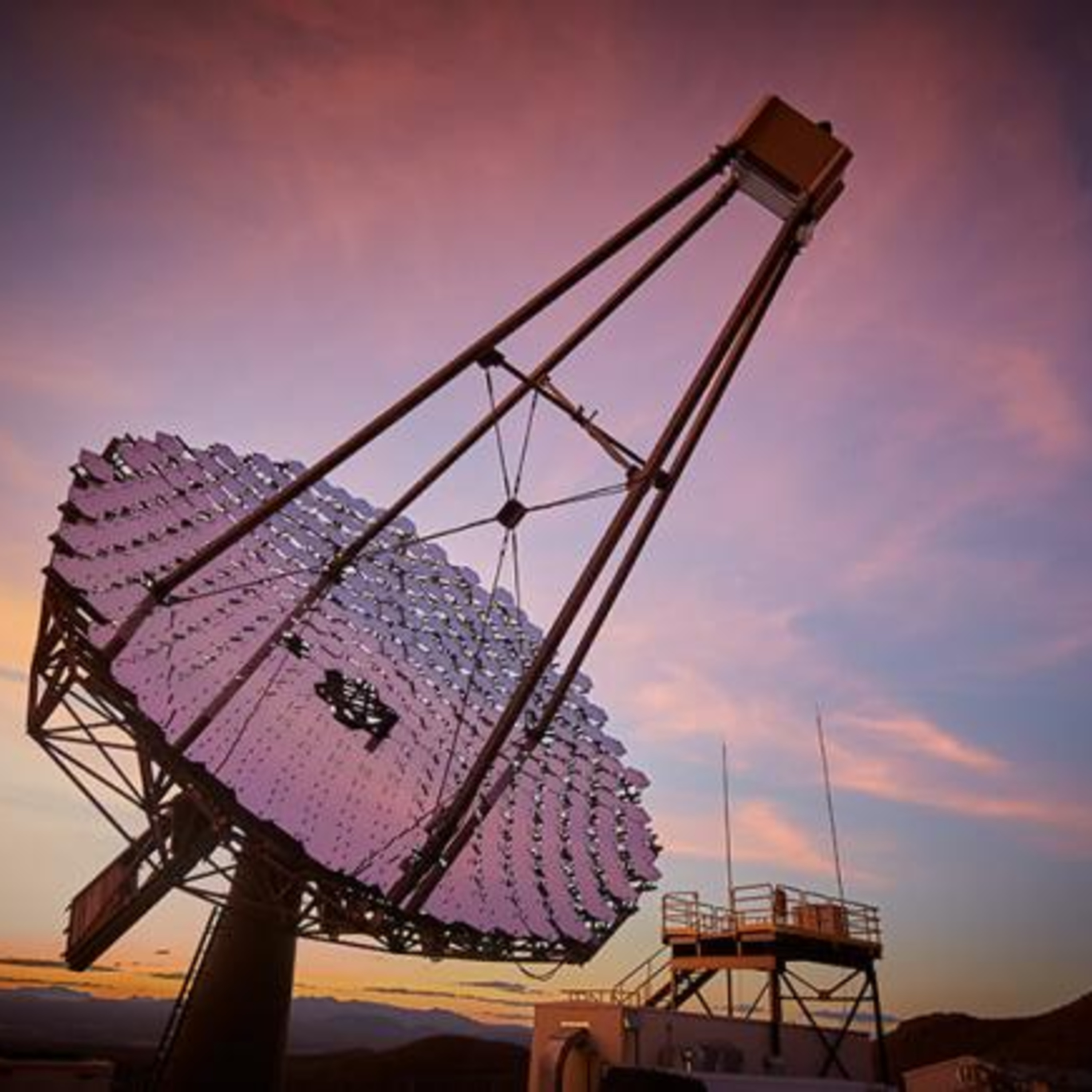
**Introduction:**
* This episode discusses the search for the sources of high-energy neutrinos using the example of the blazar B3 2247+381.
* The IceCube Neutrino Observatory detects astrophysical neutrinos, and scientists are working to find their origins by looking for correlations between neutrino alerts and electromagnetic radiation from objects like blazars.
**The IceCube Alert and B3 2247+381:**
* IceCube detected a multiplet of muon neutrino events, which appeared to be coming from the direction of the blazar B3 2247+381 between May and November 2022.
* This triggered a multiwavelength observational campaign, including observations by...
Cosmic Messengers: Exploring the Origins of KM3-230213A

**Introduction:**
* A recent ultra-high-energy neutrino event, named KM3-230213A, was detected by the KM3NeT/ARCA detector.
* This event has sparked interest in the scientific community, as its origin is still unclear.
* The neutrino's high energy suggests it may have come from a very powerful cosmic source.
* The event was detected on February 13, 2023.
* The podcast explores two potential origins for this neutrino event: galactic sources and cosmogenic neutrinos.
**Galactic Origin:**
* The study investigates potential galactic sources such as supernova remnants (SNRs...
Tension in the Neutrino Sky: The KM3NeT Event vs. Global Data

**Introduction**
* A recent detection by the KM3NeT/ARCA telescope of an ultra-high-energy neutrino, named KM3-230213A, is discussed. This event has an estimated energy in the hundreds of PeV, surpassing previous observations by the IceCube Neutrino Observatory.
* The observed neutrino's high energy suggests an astrophysical origin, as it's unlikely to be from atmospheric sources.
**Key Concepts**
* The study explores the compatibility of the KM3NeT event with previous data from IceCube and the Pierre Auger Observatory.
* The analysis assumes the neutrino...
Deep Sea Discovery: KM3NeT Detects Record-Breaking Neutrino Event

* **Introduction**: A recent groundbreaking discovery by the KM3NeT Collaboration has detected an exceptionally high-energy cosmic neutrino. This event, named KM3-230213A, is significant because its energy far exceeds any neutrino previously observed.
* **What are Cosmic Neutrinos?**: Cosmic neutrinos are electrically neutral particles that travel vast distances without being deflected by magnetic fields or significantly absorbed by matter. They are produced when cosmic rays interact with matter or photons, making their detection a key to understanding high-energy astrophysical processes.
* **The KM3NeT Experiment**: The KM3NeT is a...
The Mystery of ANITA: Investigating Anomalous Radio Pulses with the Pierre Auger Observatory
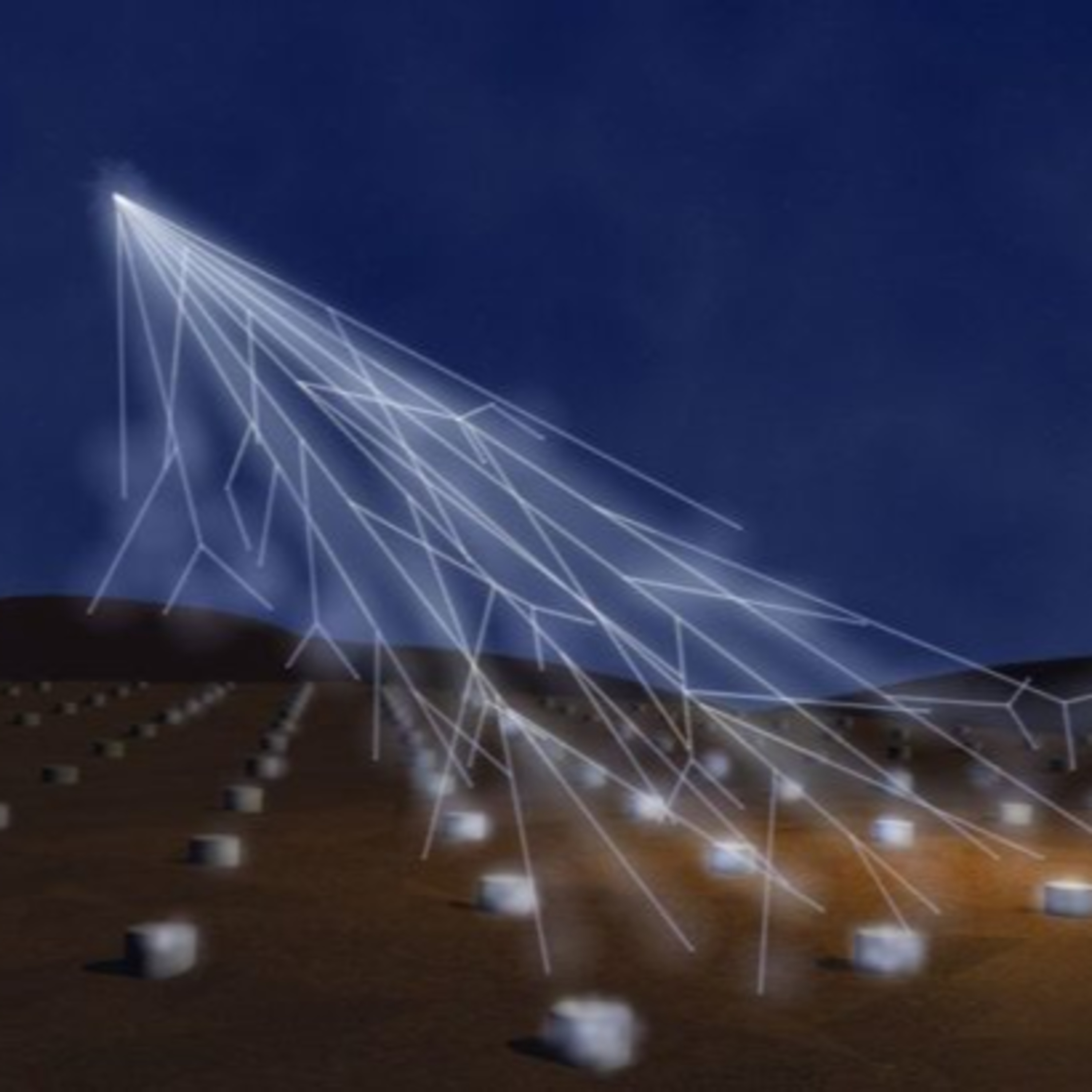
The Mystery of ANITA: Investigating Anomalous Radio Pulses with the Pierre Auger Observatory
* **Introduction**: The Antarctic Impulsive Transient Antenna (ANITA) has detected some unusual radio pulses that don't fit with the standard model of particle physics. These "anomalous" pulses, which appear to come from below the horizon, could potentially be caused by air showers developing in an upward direction. This podcast discusses a search using the Pierre Auger Observatory to either confirm or constrain the possibility of upward-going air showers.
* **The ANITA Anomalies**: ANITA, which flies on NASA balloons, has detected radio...
Cosmic Messengers: IceCube's Hunt for Extremely High-Energy Neutrinos

* **Introduction:** This episode discusses the search for extremely-high-energy neutrinos (EHEν) using 12.6 years of data from the IceCube Neutrino Observatory. EHEνs are unique messengers from the distant universe, traveling without being deflected by magnetic fields or attenuated by interactions with background photons.
* **IceCube Detector:** The IceCube detector, located at the South Pole, consists of 5160 Digital Optical Modules (DOMs) distributed on 86 strings, instrumenting a cubic kilometer of ice. The detector observes Cherenkov light produced by charged particles from neutrino interactions. A surface array called IceTop measures cosmic-ray air showers.
* **EHEν Detection:** EHEν events in IceCube are obse...
Mapping the Invisible Universe: New Connections Between Gamma-Rays and Cosmic Structure

**Article Reference:**
* Thakore, B., et al. (2024). "High-Significance Detection of Correlation Between the Unresolved Gamma-Ray Background and the Large Scale Cosmic Structure."
**Introduction:**
* The universe is filled with a mysterious glow of gamma rays, known as the **unresolved gamma-ray background (UGRB)**. This background could contain clues about the faintest gamma-ray sources and the nature of dark matter.
* This podcast episode explores a recent study that has found a significant correlation between the UGRB and the distribution of mass in the universe, as traced by gravitational lensing.
<...
Hunting for Orphan Afterglows: The Story of AT2019pim
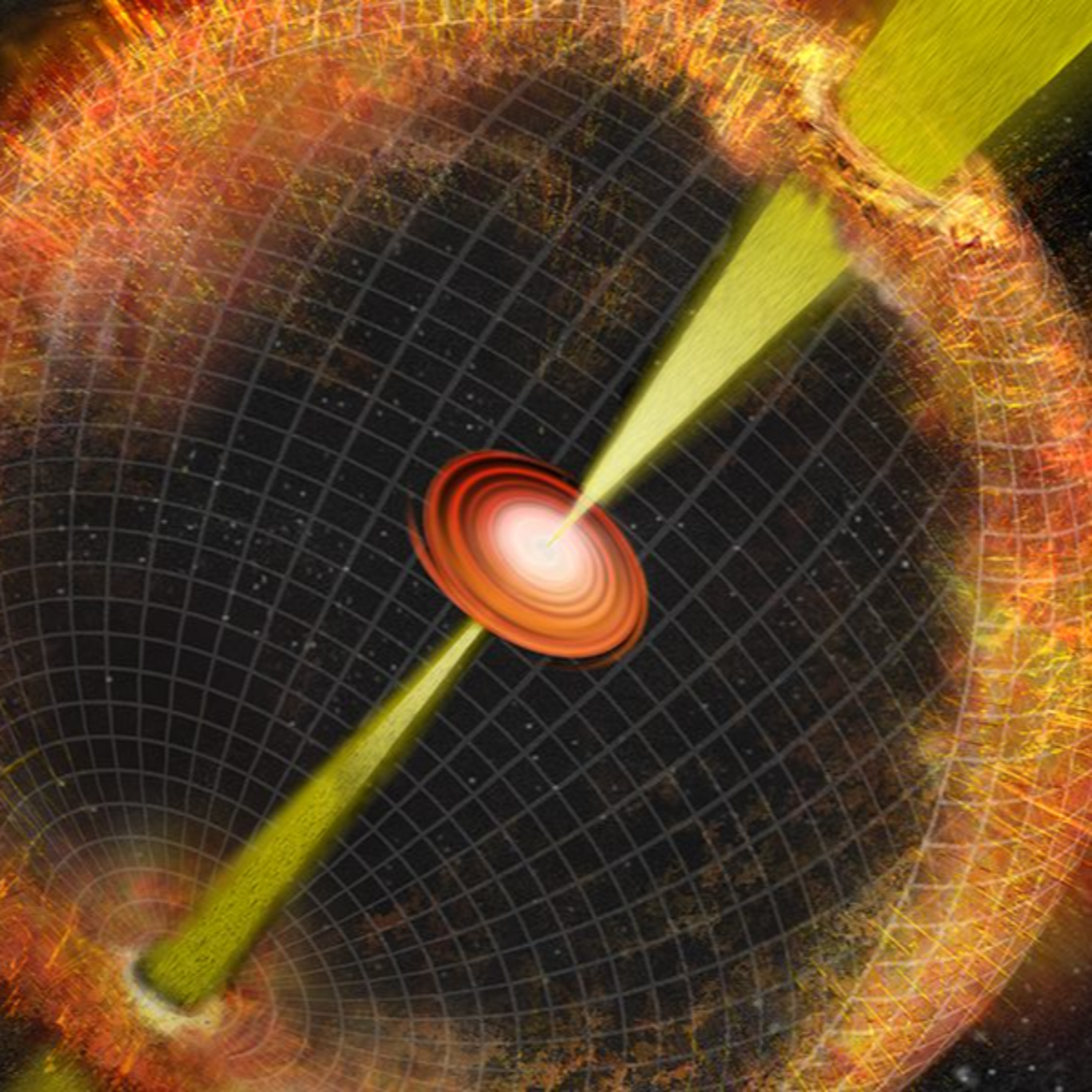
Introduction: This episode discusses the groundbreaking discovery of AT2019pim, the first spectroscopically confirmed afterglow of a relativistic explosion with no observed high-energy gamma-ray emission. This event challenges our understanding of gamma-ray bursts (GRBs) and suggests the existence of "orphan afterglows," which are afterglows not associated with typical GRB prompt emission. The discovery was serendipitous, occurring during follow-up observations of a gravitational-wave trigger and in a TESS sector.
Key Findings:
AT2019pim is characterized by a fast-rising, luminous optical transient with accompanying X-ray and radio emission. No gamma-ray emission was detected by...
Beyond Mergers: Exploring Magnetars as R-process Factories
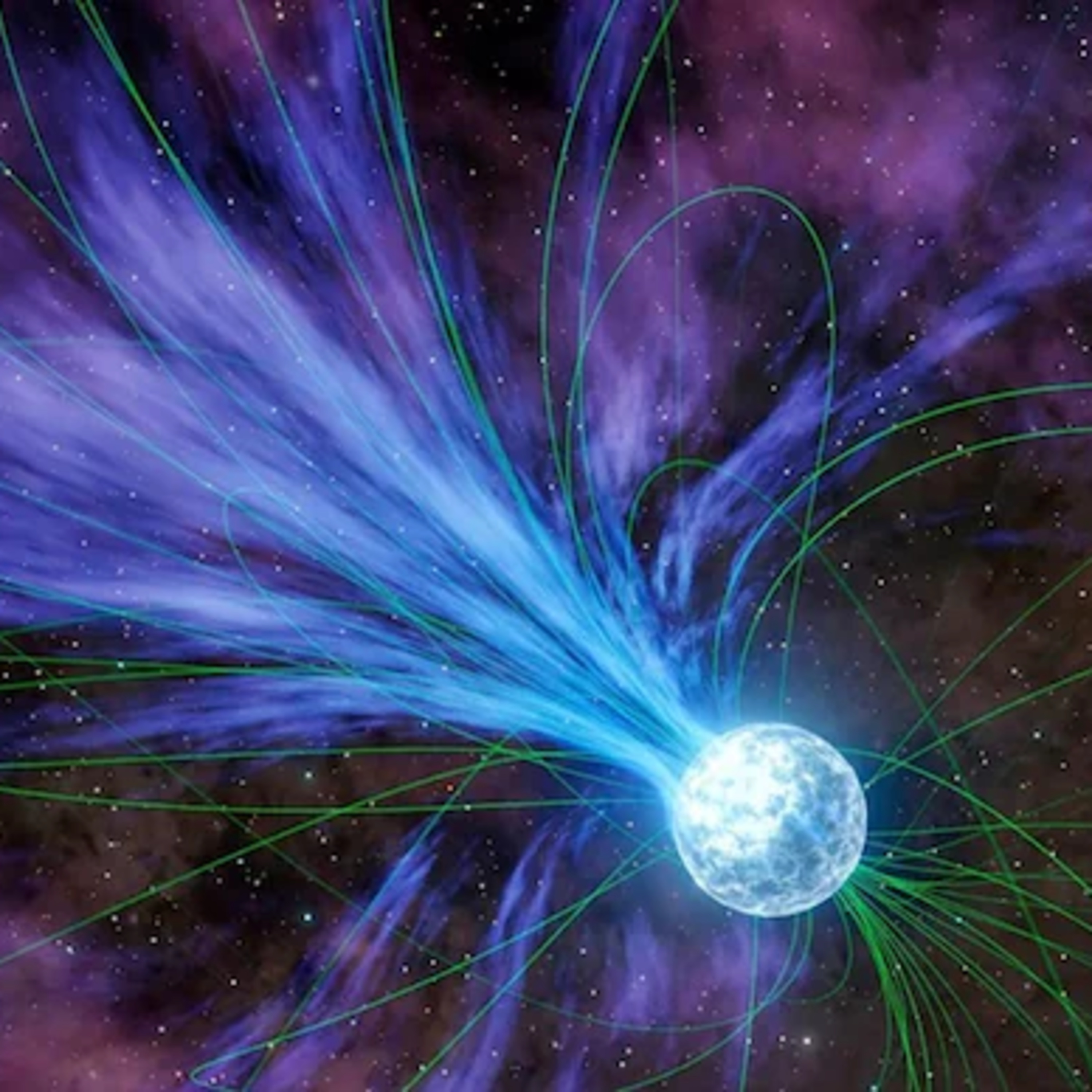
**Reference:** Patel et al., "Direct evidence for r-process nucleosynthesis in delayed MeV emission from the SGR 1806-20 magnetar giant flare" (2025)
* **Introduction:**
* The origin of heavy elements, specifically those formed through the rapid neutron-capture process (**r-process**), has been a long-standing mystery in astrophysics.
* While neutron star mergers have been considered a primary site, evidence suggests additional sources are needed to explain the observed abundance of these elements.
* **Magnetar Giant Flares as r-process Sites:**
* Recent studies have proposed that magnetar giant flares can eject neutron star crust material...
AAS2RTO: Taming the Transient Data Deluge from LSST
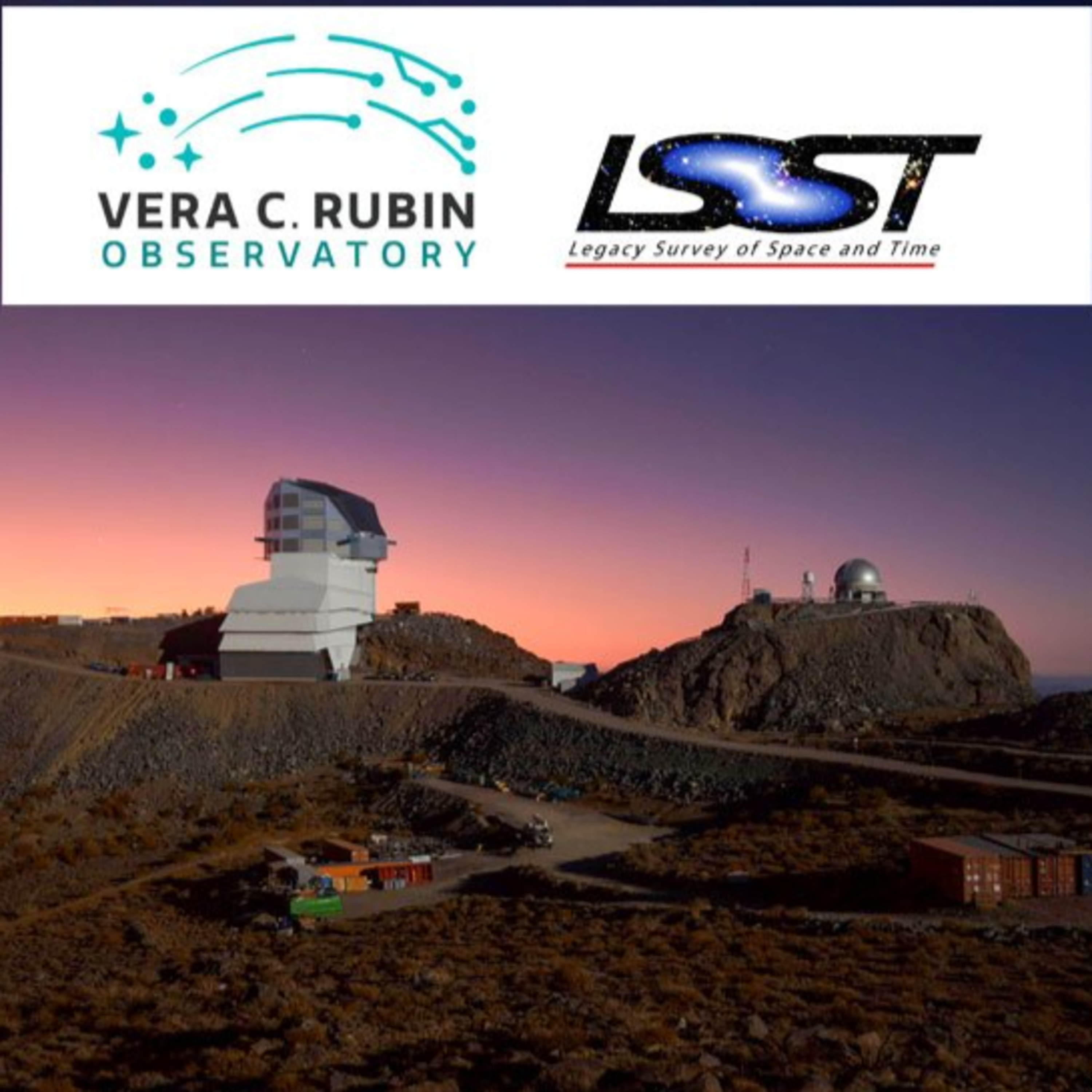
* **Introduction:**
* The Vera C. Rubin Observatory's Legacy Survey of Space and Time (LSST) will soon produce an unprecedented amount of transient astronomical data, with around 10 million alerts every night.
* This data deluge requires intelligent tools to prioritize the most scientifically valuable events for follow-up, especially spectroscopic observations.
* This podcast discusses AAS2RTO, a new tool designed to address this challenge.
* Reference: Sedgewick et al. (2025) "AAS2RTO: Automated Alert Streams to Real-Time Observations"
* **What is AAS2RTO?**
* AAS2RTO is a Python-based tool for prioritizing...
The Quest for Continuous Gravitational Waves: What We're Learning from Neutron Stars
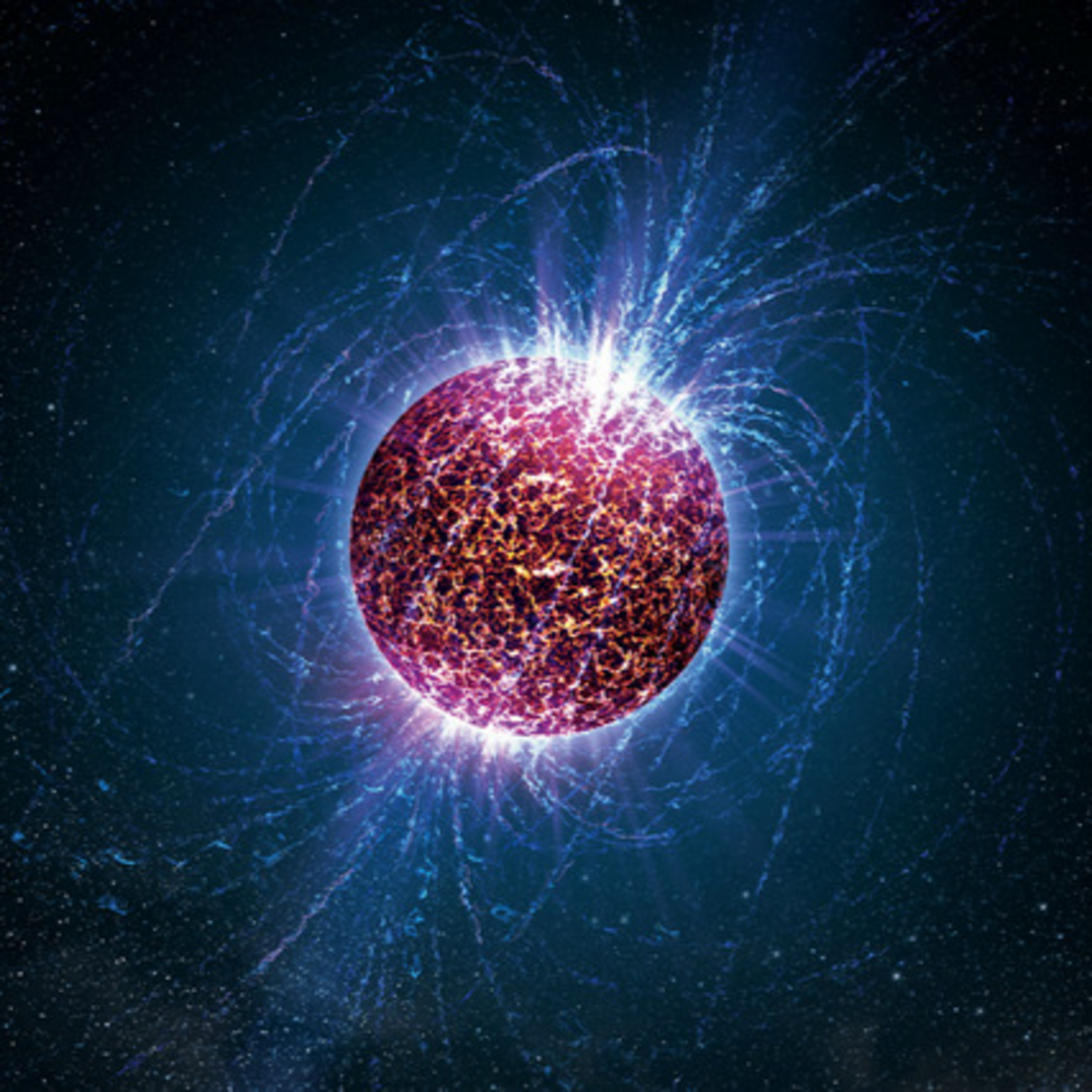
* **Introduction**:
* This episode discusses the search for continuous gravitational waves (CWs) emitted by neutron stars, specifically known pulsars, using data from the LIGO-Virgo-KAGRA (LVK) collaboration's fourth observing run (O4a).
* CWs are distinct from transient gravitational waves (GWs) like those from black hole mergers; they are nearly monochromatic signals with small variations over long periods.
* **Detecting CWs can provide insights into the internal structure of neutron stars, their equations of state, and help test general relativity.**
* **What are Pulsars?**
* Pulsars are extremely dense, rapidly rotating objects...
Decoding Blazars: The Markarian Multiwavelength Data Center

**Introduction:**
* This episode discusses the **Markarian Multiwavelength Data Center (MMDC)**, a new web-based tool designed to access and model multiwavelength data from blazar observations.
* MMDC is designed to enhance blazar research by providing a comprehensive framework for data accessibility, analysis, and theoretical interpretation.
* The tool integrates archival data, optical data from all-sky surveys, and newly analyzed datasets in optical/UV, X-ray, and high-energy γ-ray bands.
* **MMDC distinguishes itself from other online platforms by the large quantity of available data and its ability to enable theoretical modeling using machine learning algorithms**.
Twelve Years of IceCube Data Unveil New Insights into Cosmic Ray Anisotropy
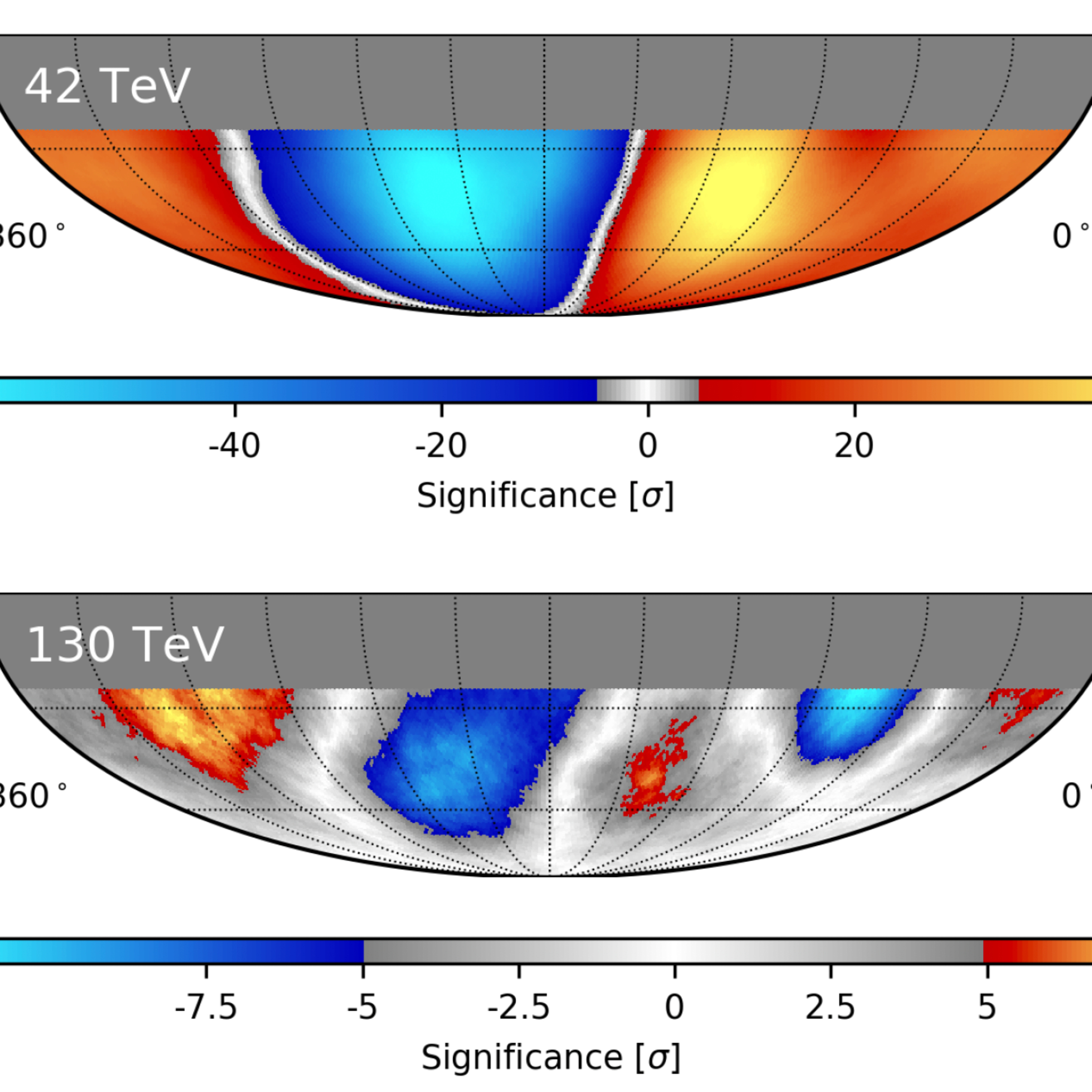
* This study uses data from the IceCube Neutrino Observatory, a massive detector at the South Pole, to study cosmic rays.
* The IceCube detector is primarily designed to detect high-energy neutrinos. However, it also collects a large amount of data on cosmic-ray muons.
* Muons are created when cosmic rays collide with the Earth's atmosphere.
* By studying the arrival directions of these muons, scientists can learn about the anisotropy of cosmic rays, meaning the variations in their arrival directions.
* This analysis used twelve years of data, from May 13, 2011, to May 12, 2023, resulting in the...
The Search for Orphan Gamma-Ray Bursts with Rubin/LSST and the Fink broker
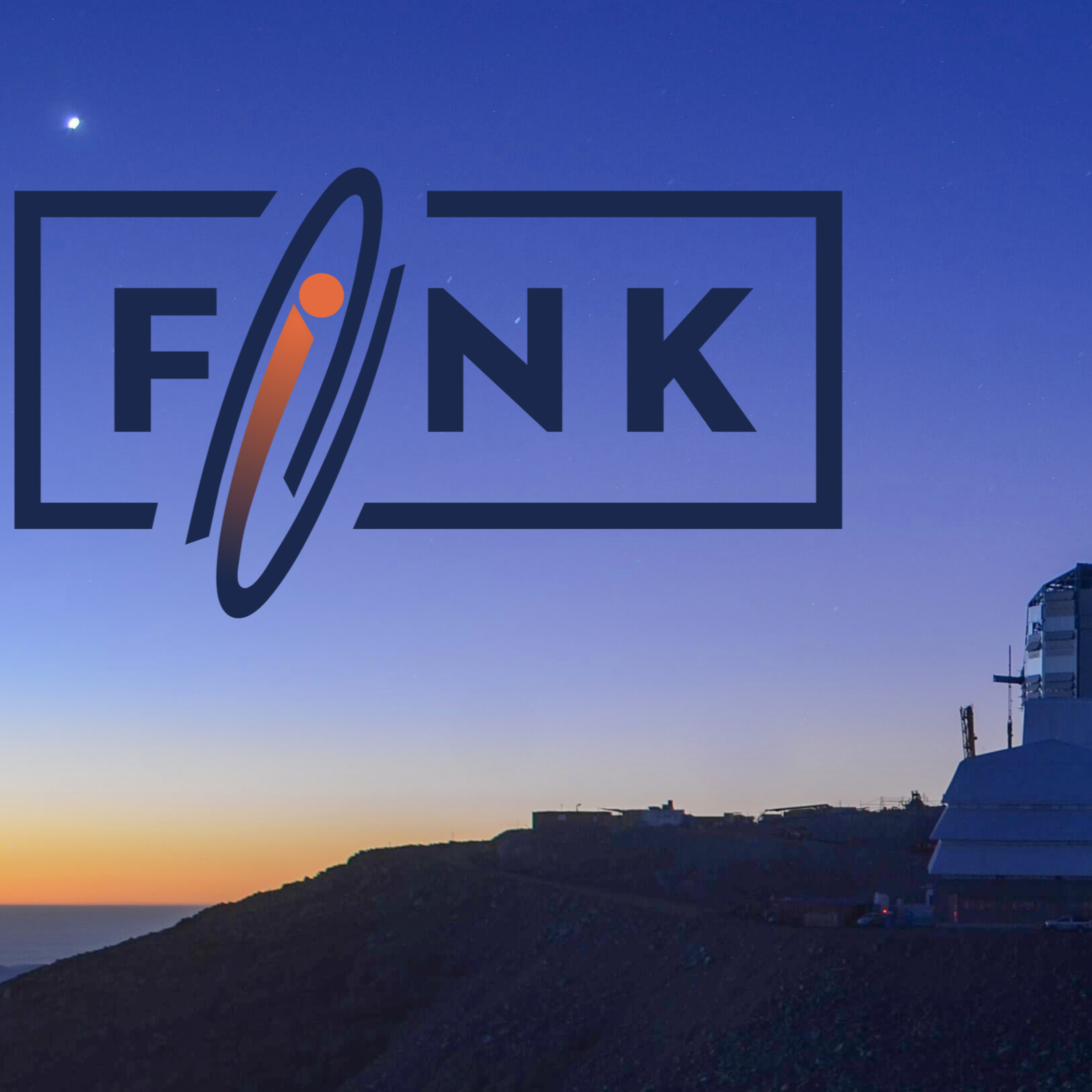
* Orphan gamma-ray burst (GRB) afterglows occur when the gamma-ray emission from a GRB is not directed towards Earth, making the initial burst invisible. However, the afterglow, produced by the interaction of the GRB's blast wave with surrounding material, can be observed.
* Studying orphan afterglows provides valuable insights into GRB physics and their progenitors, and can enhance multi-messenger analyses with gravitational waves.
* The Vera C. Rubin Observatory, with its exceptional sensitivity and wide field of view, is expected to play a crucial role in detecting orphan afterglows.
* The anticipated high volume of alerts from...
A persistent radio source to FRB 20240114A: A Peek into the Heart of a Cosmic Explosion
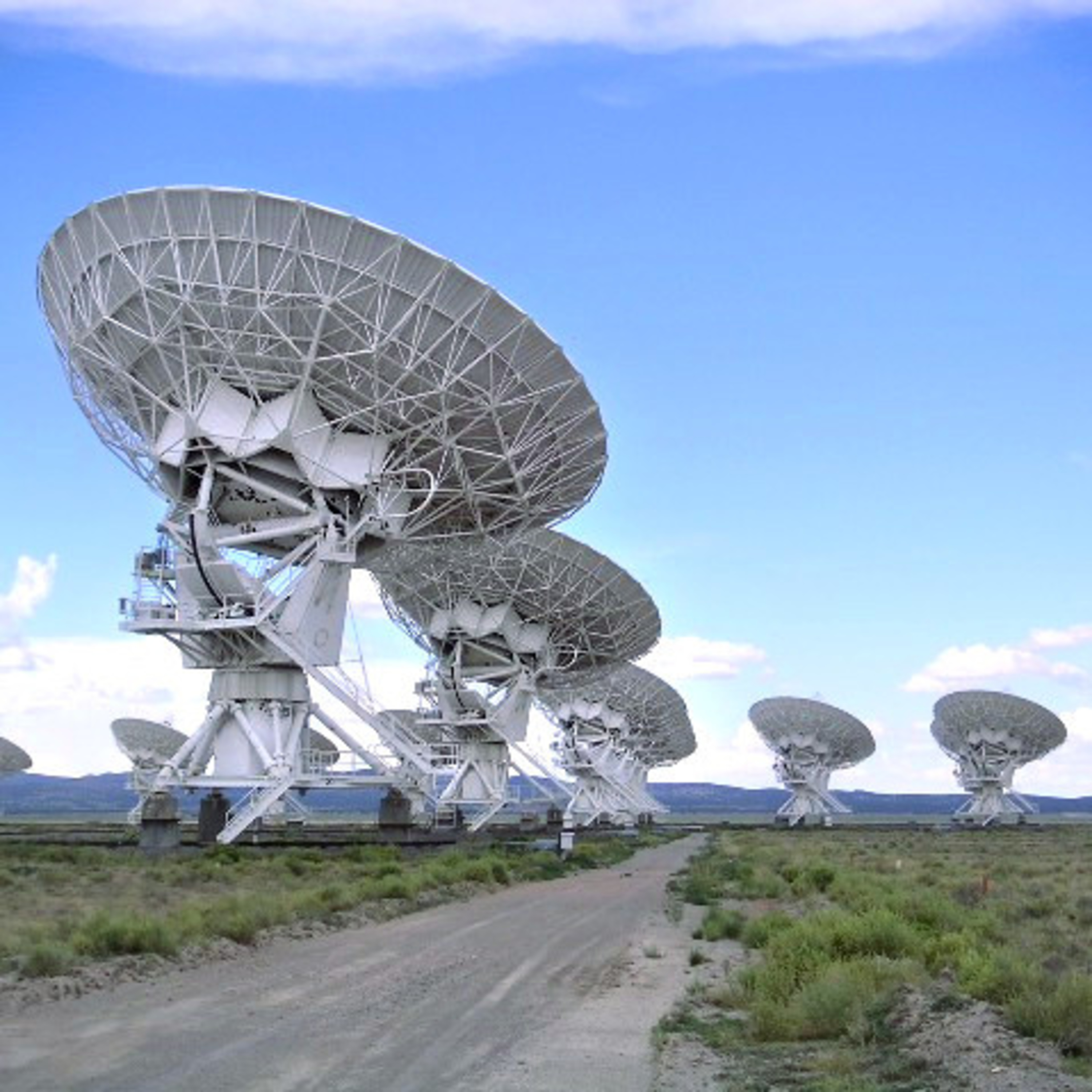
Fast Radio Bursts (FRBs) are brief, powerful pulses of radio waves originating from distant galaxies. Their origins are still a mystery, with one leading theory pointing to magnetars, highly magnetized neutron stars, as the source. Astronomers have identified a small number of FRBs that emit repeated bursts, termed repeating FRBs (rFRBs). A subset of rFRBs have a persistent radio source (PRS) associated with them. PRSs are continuous sources of radio waves, distinct from the burst emission. The article discusses the discovery of the fourth known PRS associated with FRB 20240114A. This makes it a valuable case study for understanding...
The Enigma of G35.6−0.5: Supernova, HII Region, or Hidden Pulsar?

The discovery of a new ultra-high-energy gamma-ray source, 1LHAASO J1857+0203u, by the Large High Altitude Air Shower Observatory (LHAASO) suggests the presence of a PeVatron, a cosmic accelerator capable of boosting particles to peta-electron volt energies. This source is particularly interesting because it is located in a region with complex multi-wavelength features, including the supernova remnant (SNR) G35.6−0.4 and the HII region G35.6−0.5.
The study, published in "An Enigmatic PeVatron in an Area around HII Region G35.6−0.5" by Cao et al., explores three possible origins for the observed gamma-ray emission:
HII region scenar...Searching for Nanosecond Optical Transients with the TAIGA-HiSCORE Experiment
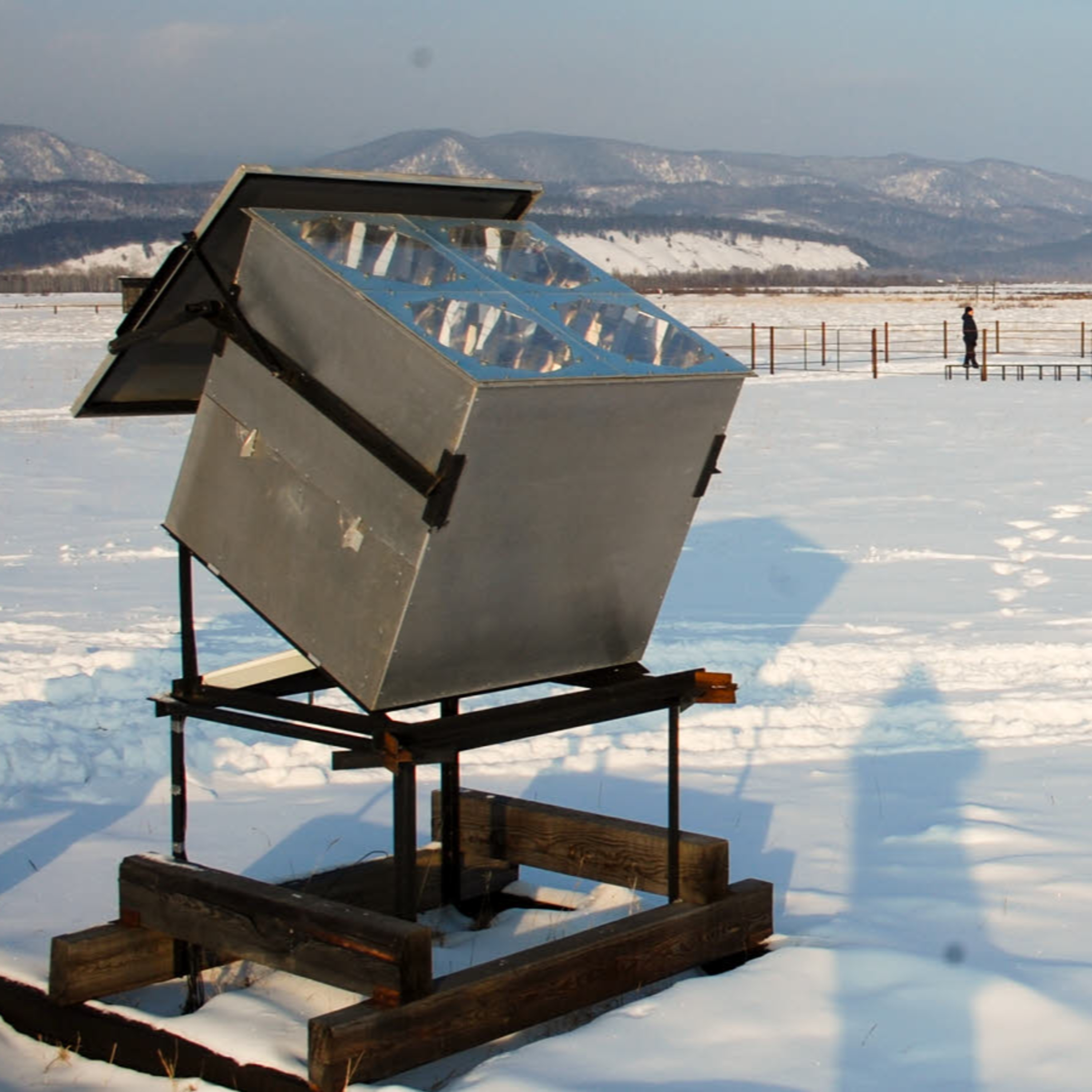
The TAIGA-HiSCORE Cherenkov array, located in Siberia, is a unique instrument designed to study cosmic rays and gamma rays. However, scientists have realized that it can also be used to search for a variety of fascinating astronomical phenomena, including nanosecond optical transients.
What are nanosecond optical transients? These are extremely short bursts of light that last for only a few nanoseconds. The source of these transients is unknown, but there are several intriguing possibilities:
Evaporation of primordial black holes: Tiny black holes formed in the early universe could be evaporating today, releasing a...Beyond the GW Horizon: Hunting for Kilonovae with KNTraP
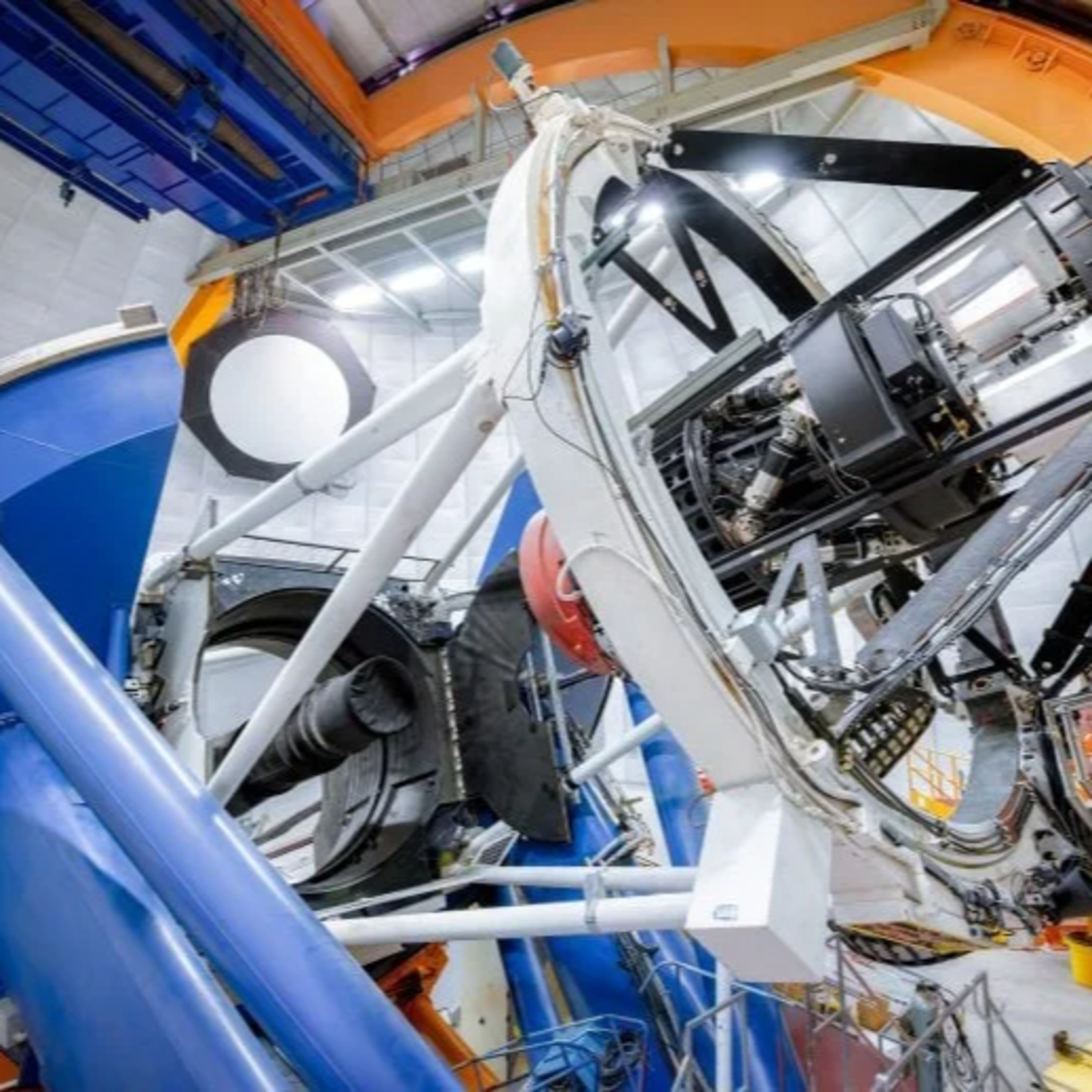
Kilonovae (KNe) are bright, rapidly fading astronomical events believed to be caused by the radioactive decay of heavy elements produced during the merger of neutron stars or a neutron star and a black hole.
While there are several candidate KNe events observed in association with short gamma-ray bursts (GRBs), there is only one confirmed KN associated with a gravitational wave (GW) event, AT2017gfo, detected in 2017.
The Kilonova and Transients Program (KNTraP) is a new survey project using the Dark Energy Camera (DECam) to search for KNe independent of GW and GRB triggers.
...
Unveiling the Milky Way's Hidden Glow: Diffuse Gamma Rays measured by LHAASO
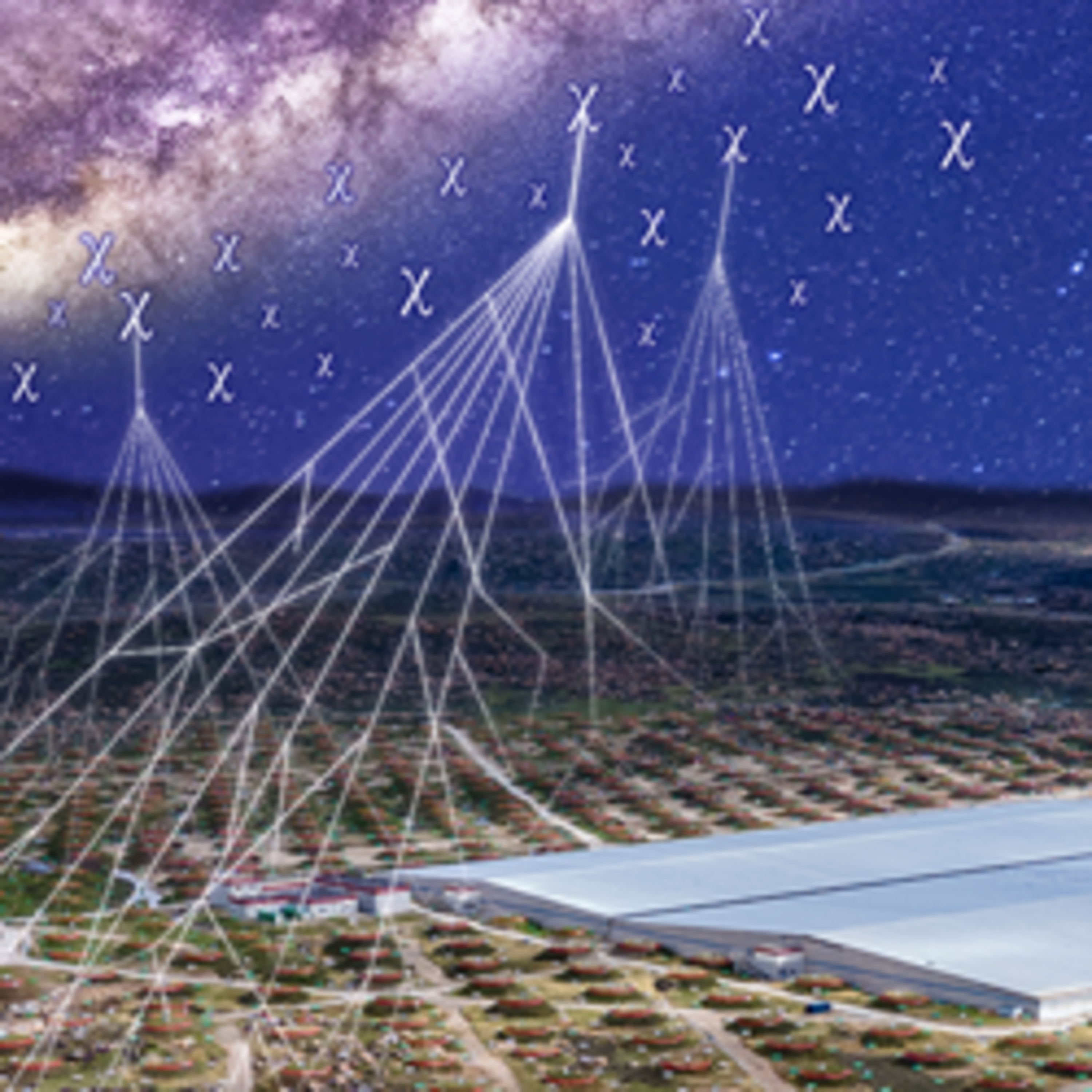
In this episode, we explore the fascinating world of diffuse gamma rays emanating from the Galactic plane. A new study using the Large High Altitude Air Shower Observatory's Water Cherenkov Detector Array (LHAASO-WCDA) has provided unprecedented insights into these mysterious emissions.
What are diffuse gamma rays? These high-energy photons are produced when cosmic rays, energetic particles that constantly bombard our galaxy, interact with interstellar gas and radiation. Studying these gamma rays provides valuable information about the distribution and behavior of cosmic rays, helping us unravel their origins and propagation throughout the Milky Way.
<...Cosmic Coincidence? Exploring the Gamma-Ray Flare Potentially Associated with FRB 20240114A
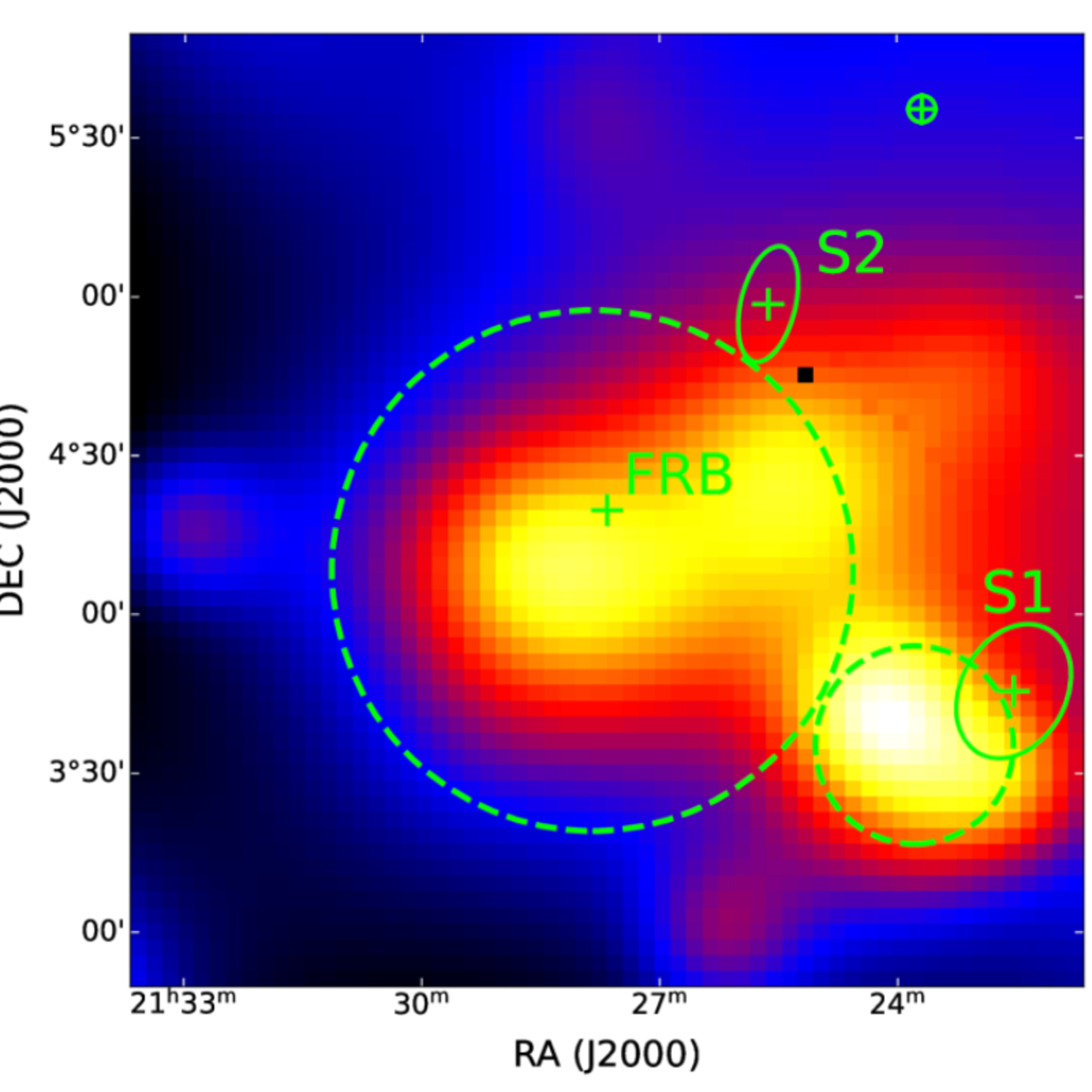
Publication: arXiv:2411.06996
Acknowledements: Podcast prepared with Google/NotebookLM. Illustration credits: Y. Xing et al. (arXiv:2411.06996)
Unlocking the Muon Puzzle with IACTs

IACTs (Imaging Atmospheric Cherenkov Telescopes) are typically used for gamma-ray astronomy. Muons are produced in hadronic showers and IACTs can detect these muons, which are normally considered background noise. The information from these muons can be used to study cosmic ray showers. One way to study cosmic rays is by observing the muon lateral distribution, which is the muon density as a function of the distance from the shower core. Another way is by determining the muon slant height, which is the distance from the muon production point along the shower axis to the telescope. Studying muon lateral distribution...
Cosmic Magnetism: How the Milky Way Bends the Path of UHECRs
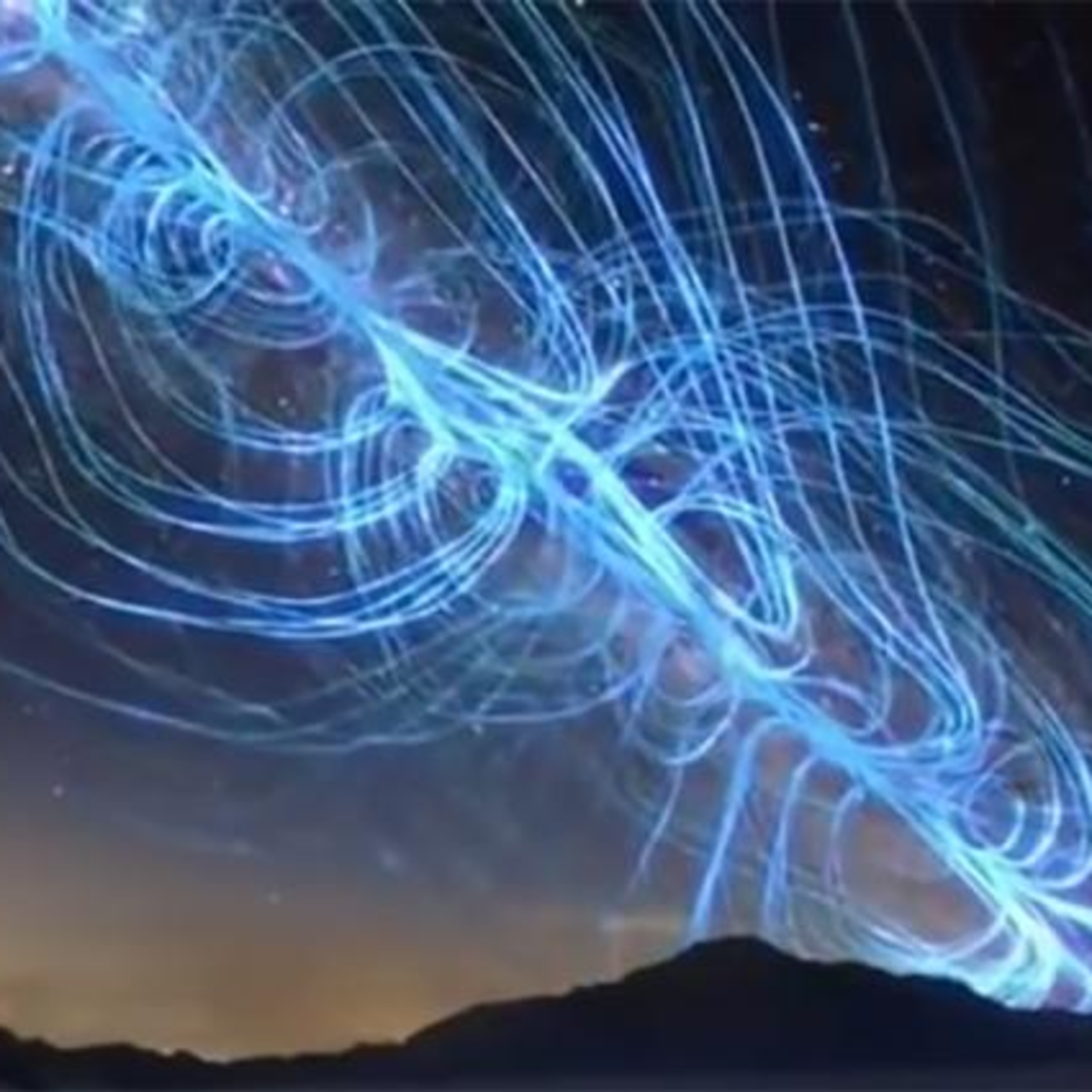
Ultra-high-energy cosmic rays (UHECRs) are the most energetic particles ever detected, with energies exceeding 10^18 eV. Their origin remains a mystery, as their paths are deflected by magnetic fields in space, making it difficult to trace them back to their sources. Scientists use models of the Galactic magnetic field (GMF) to account for these deflections and try to pinpoint the sources of UHECRs. A recent study used a new suite of GMF models called UF23, which provides a more accurate representation of the Milky Way's magnetic field. The study found that the dipole amplitude of UHECRs, which is a measure...
